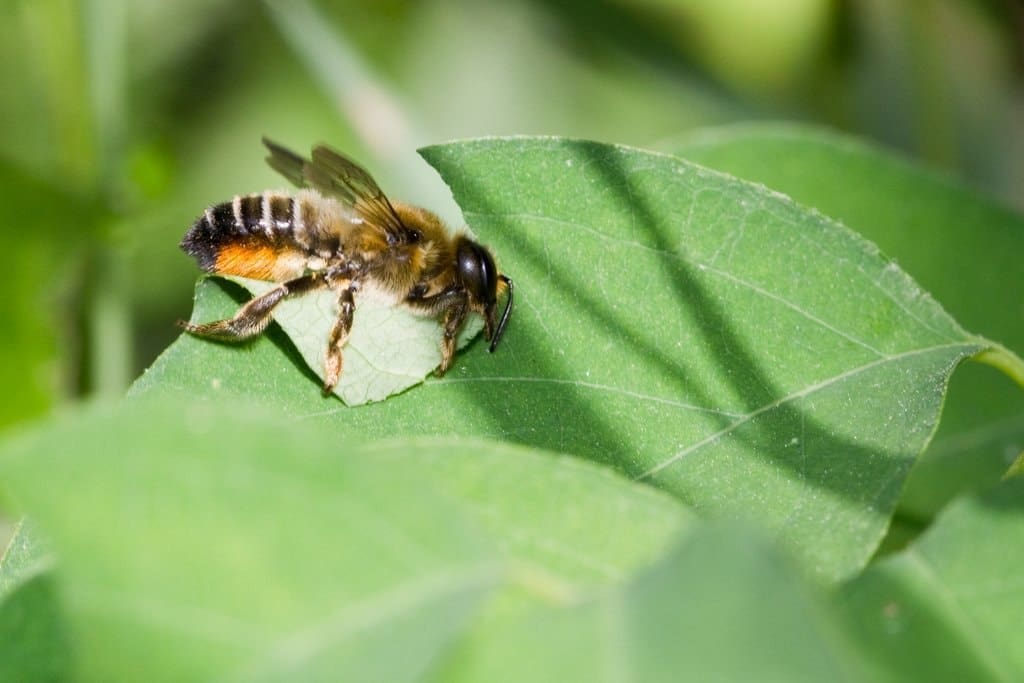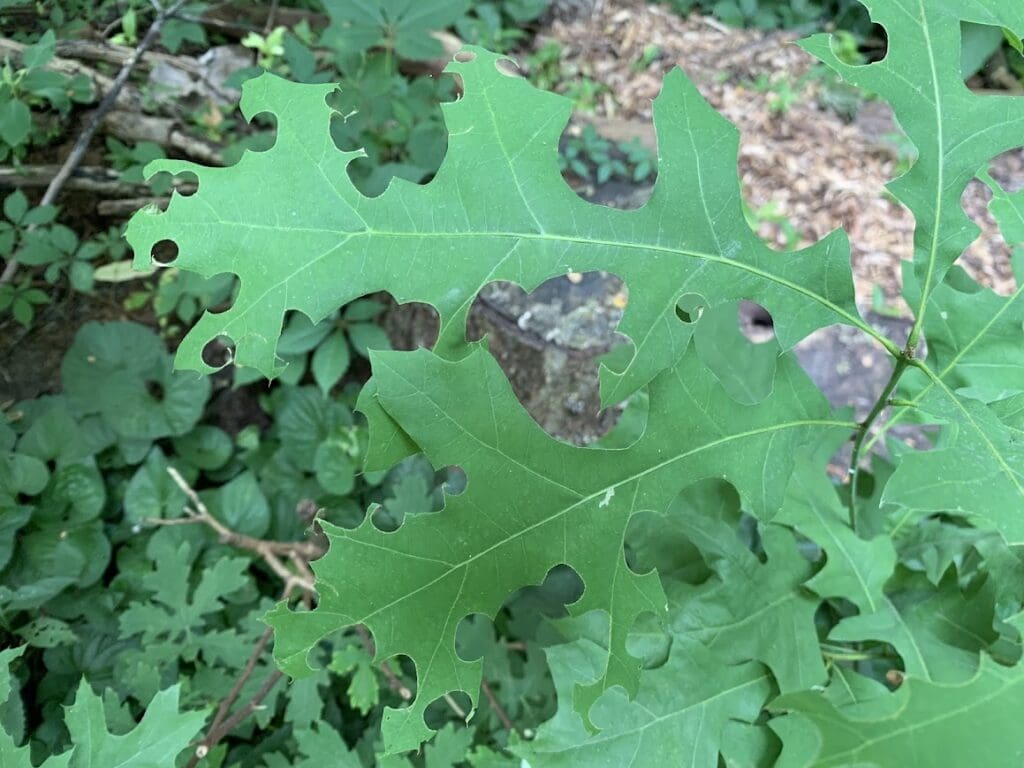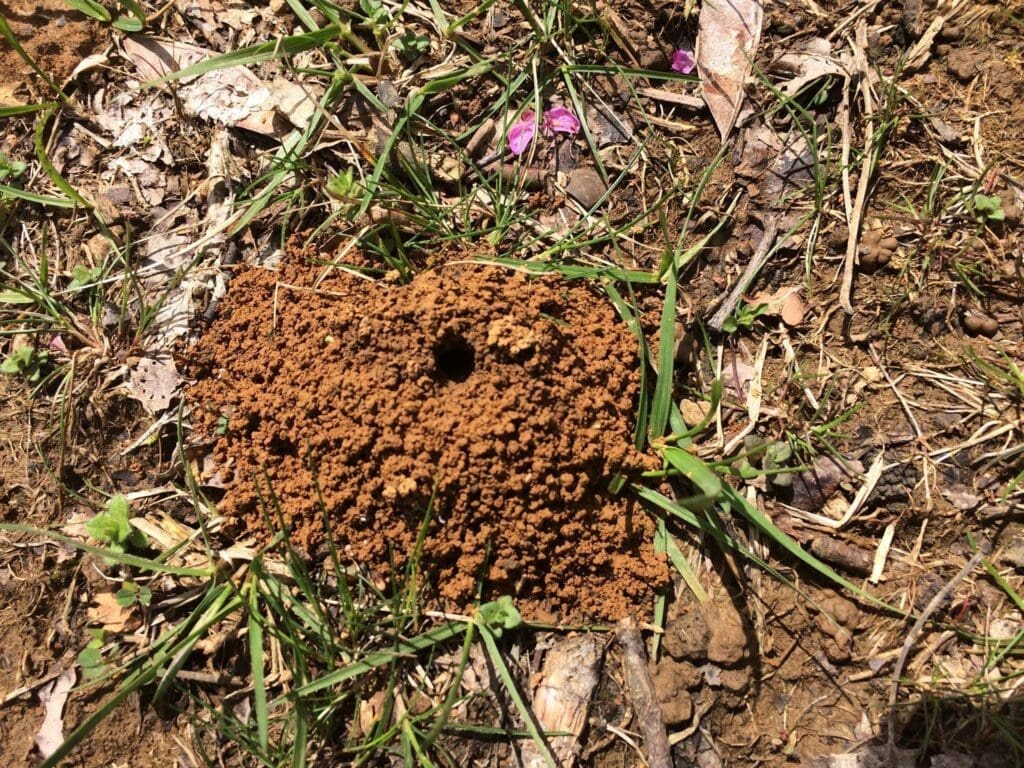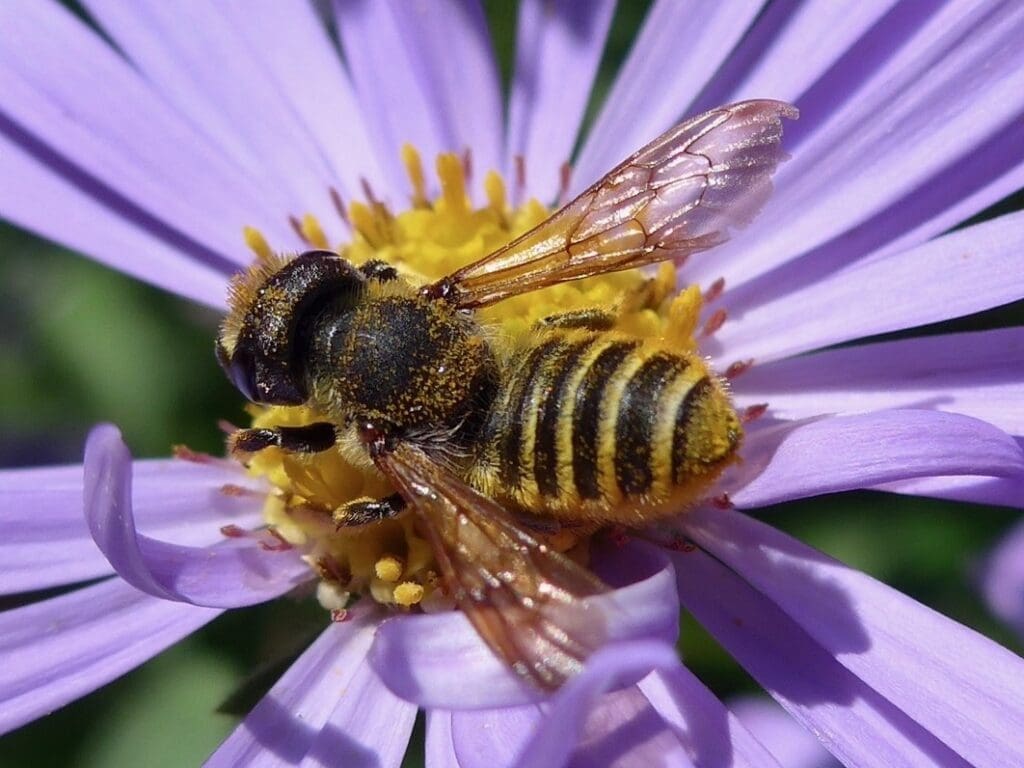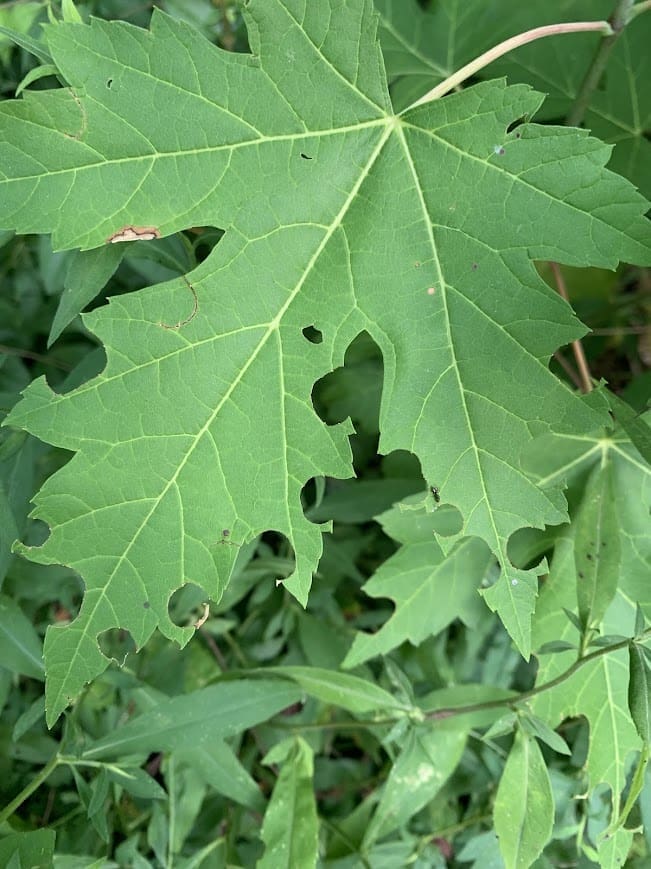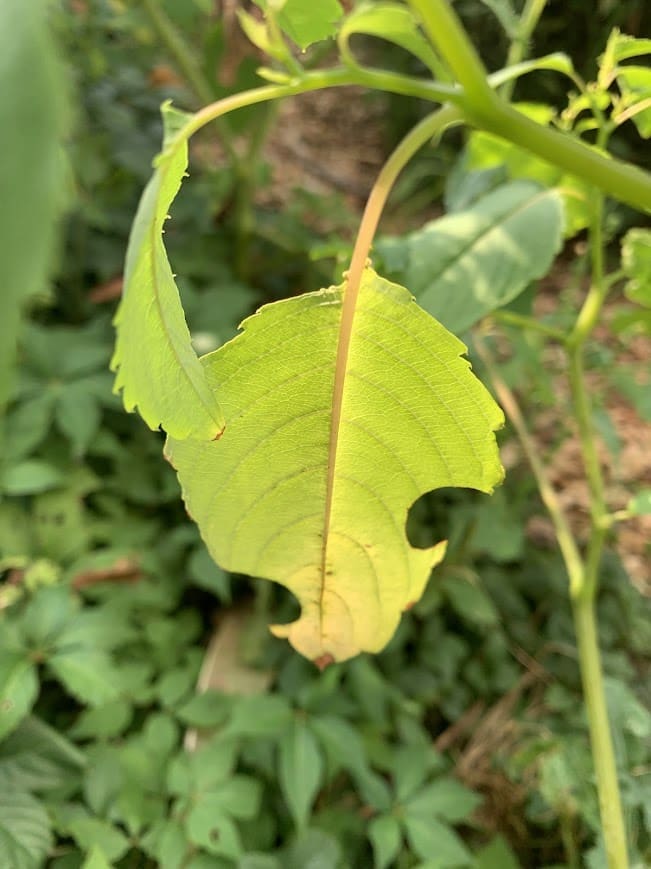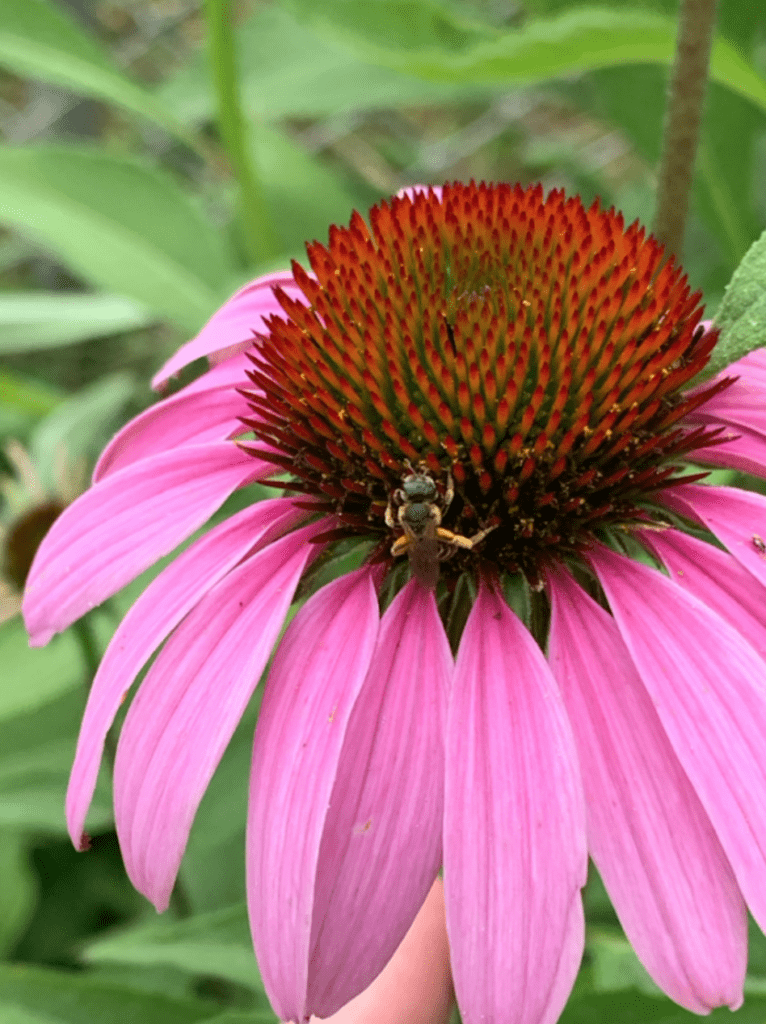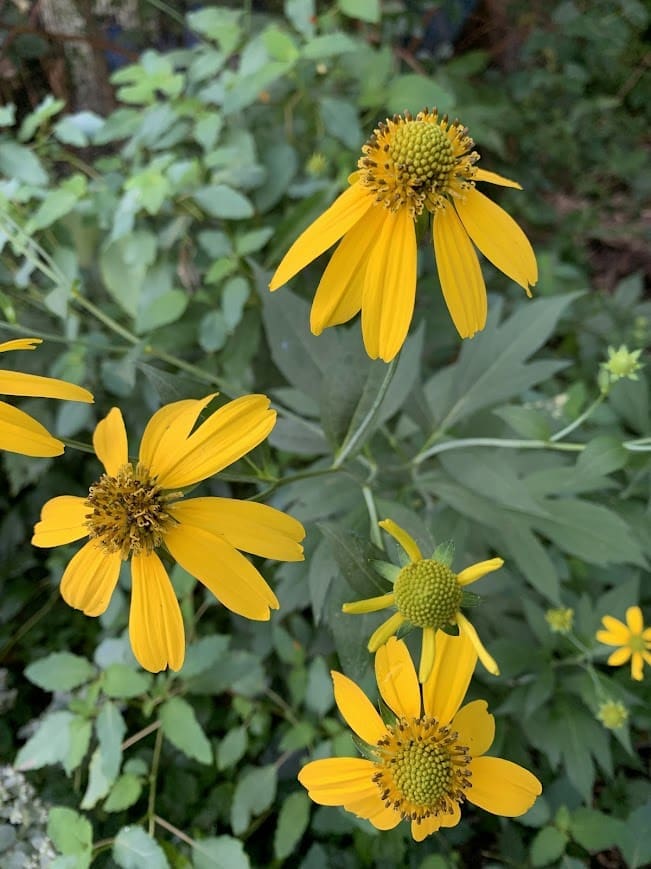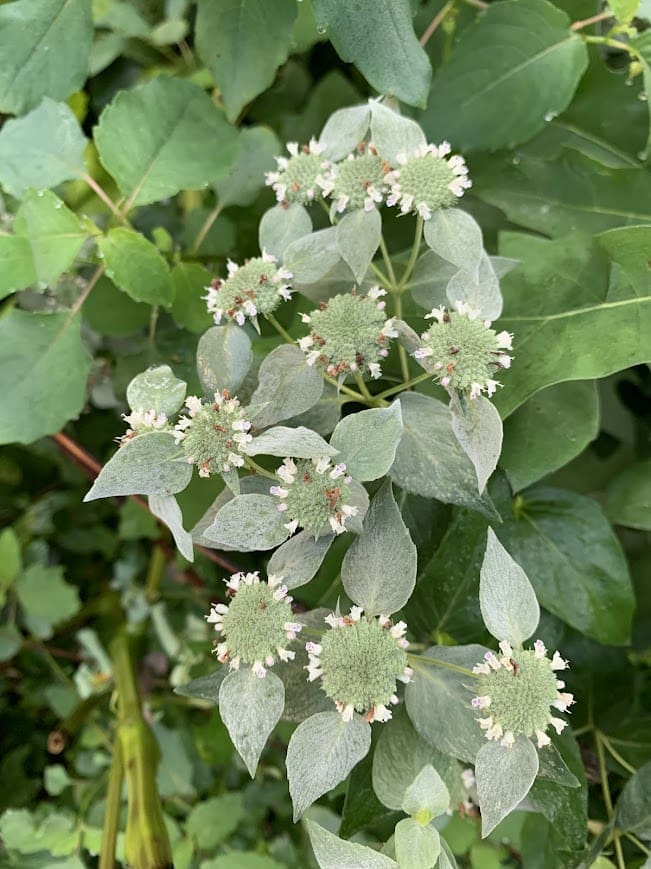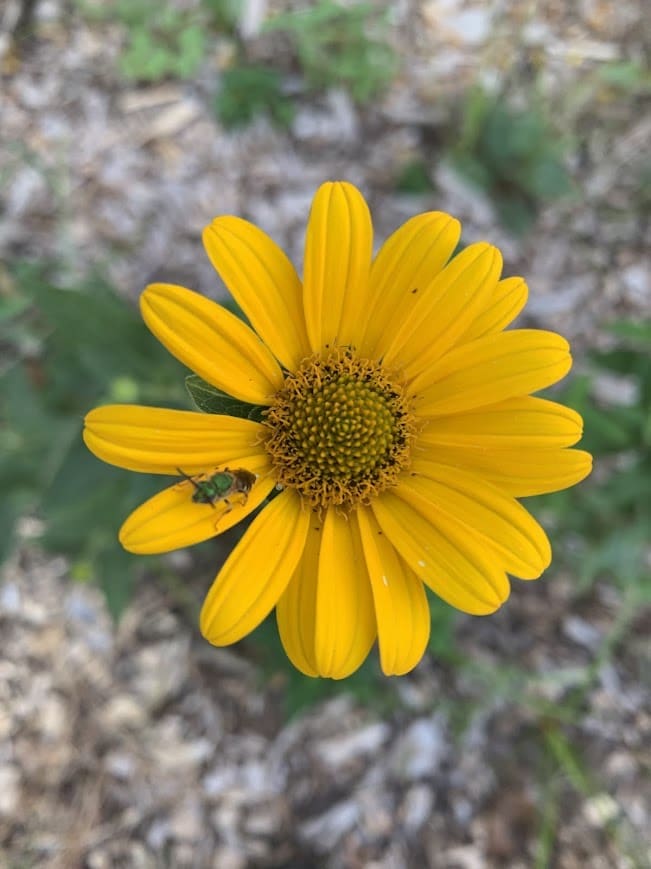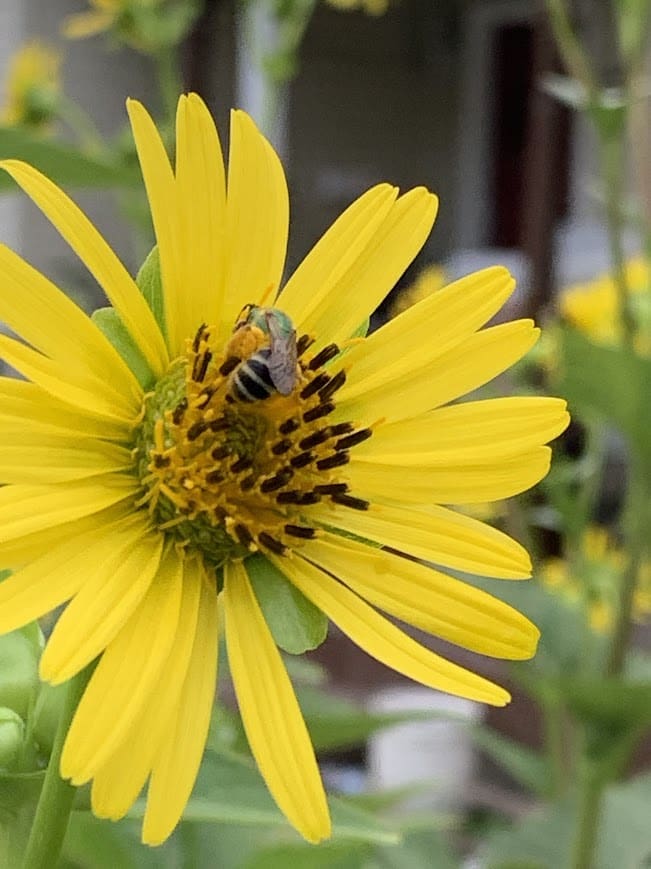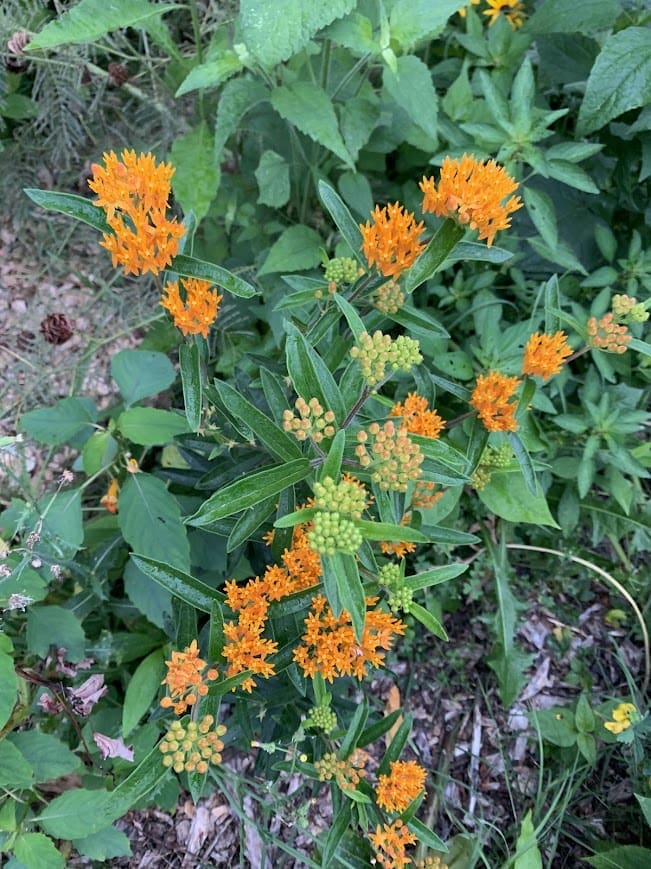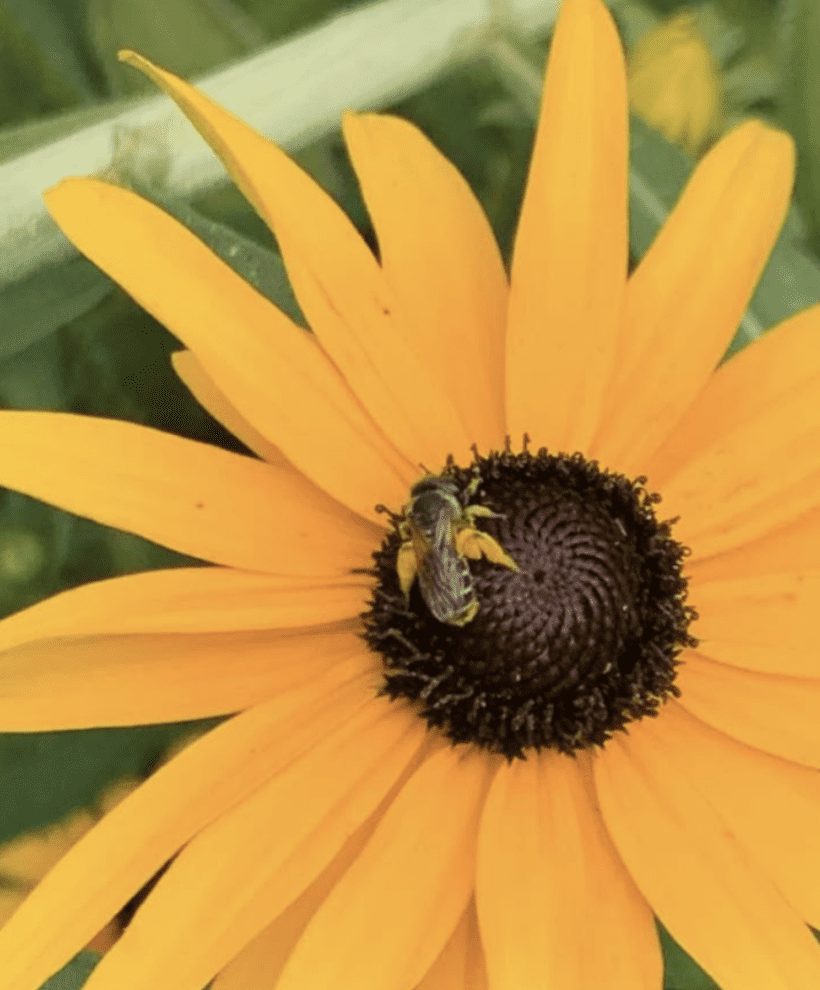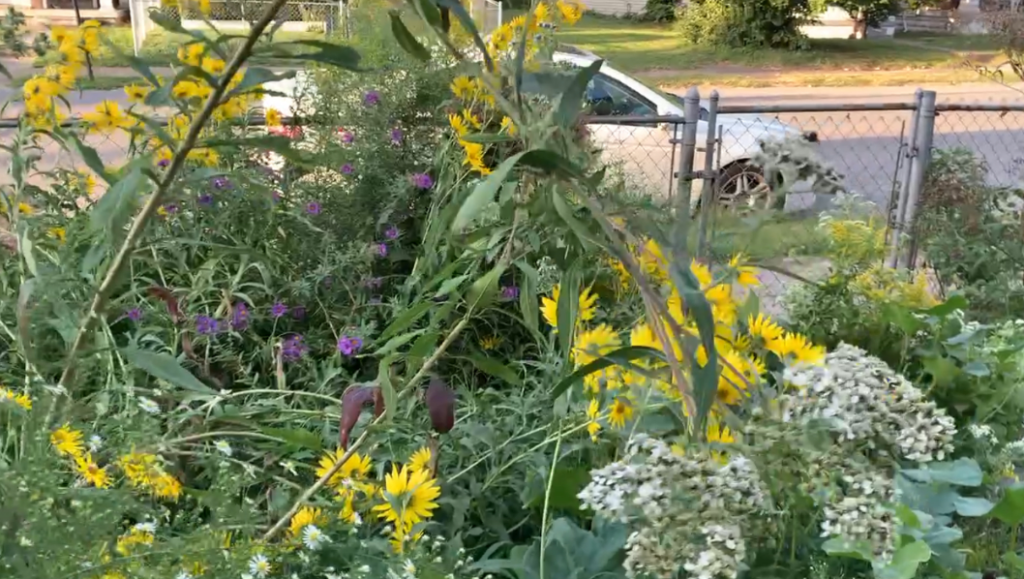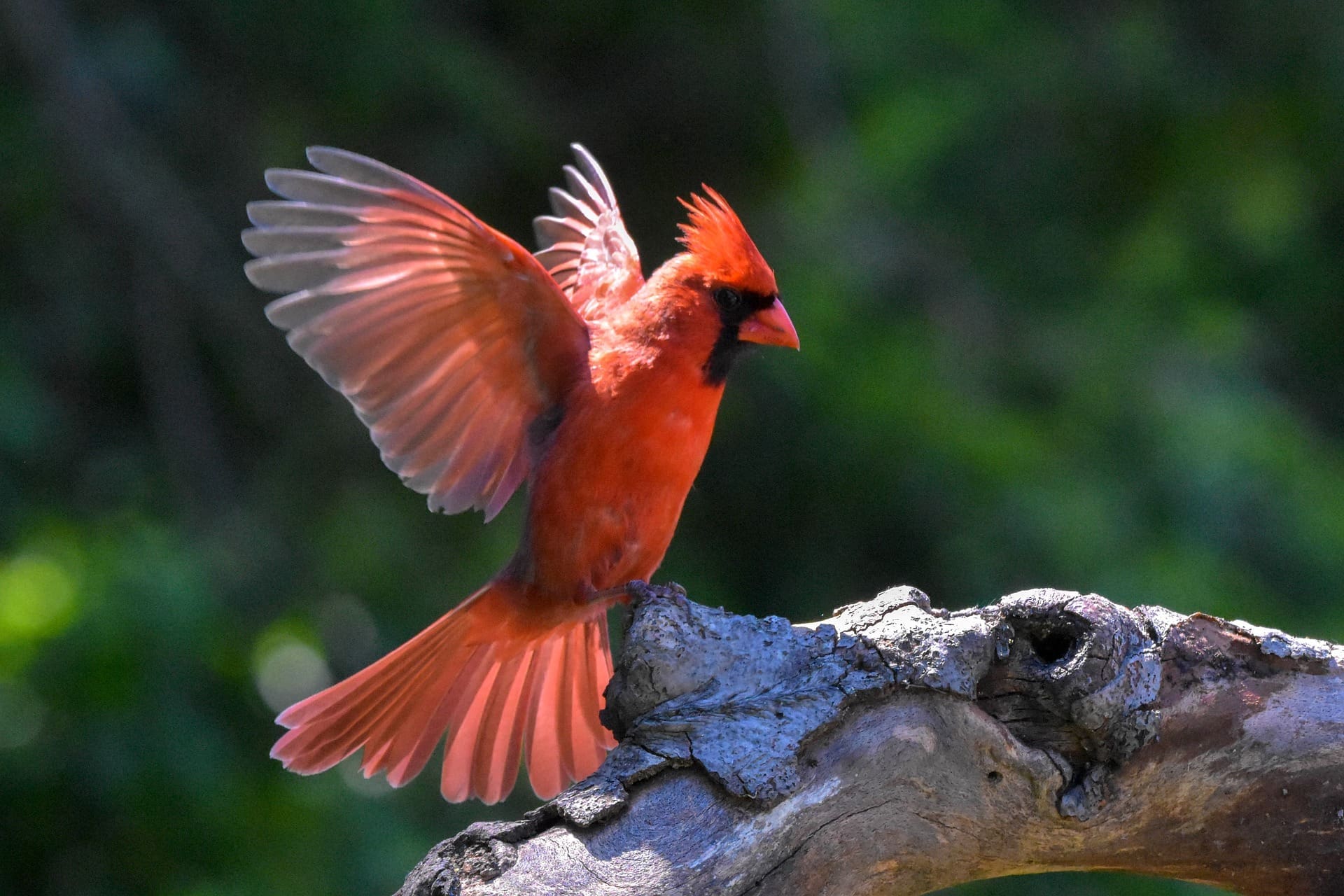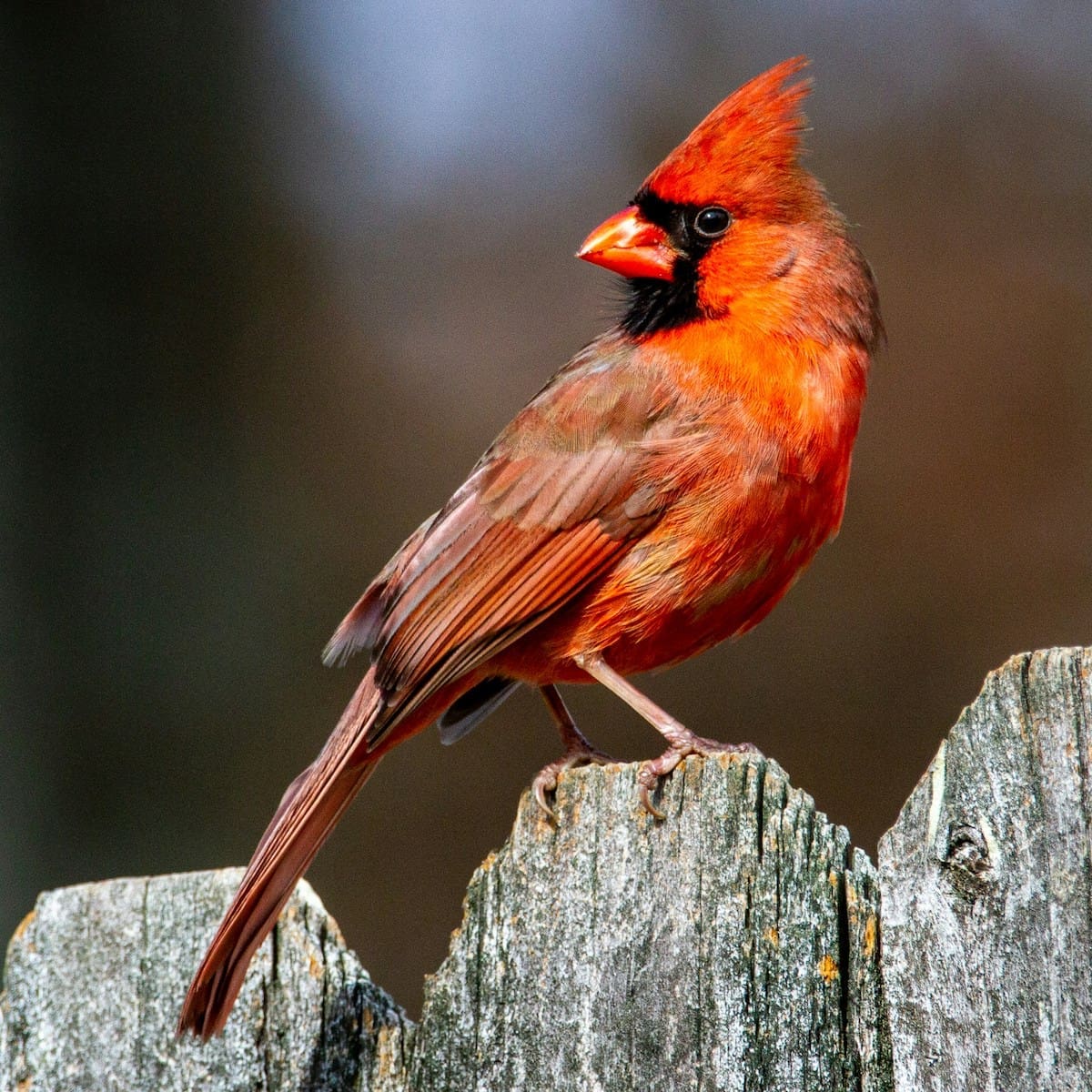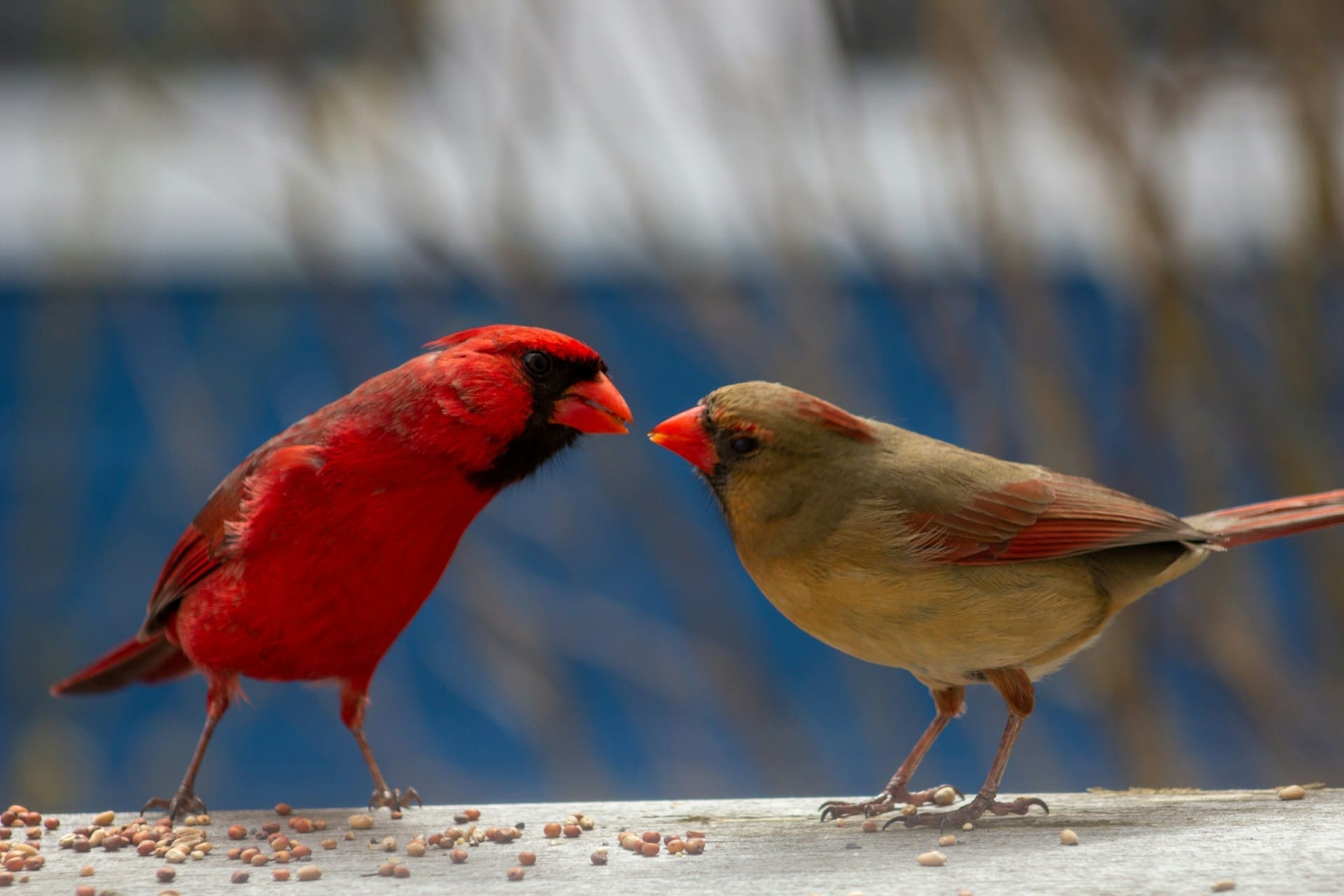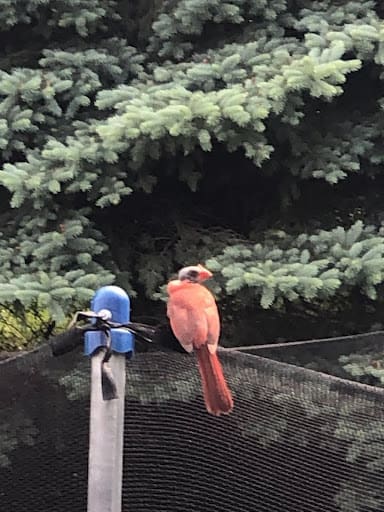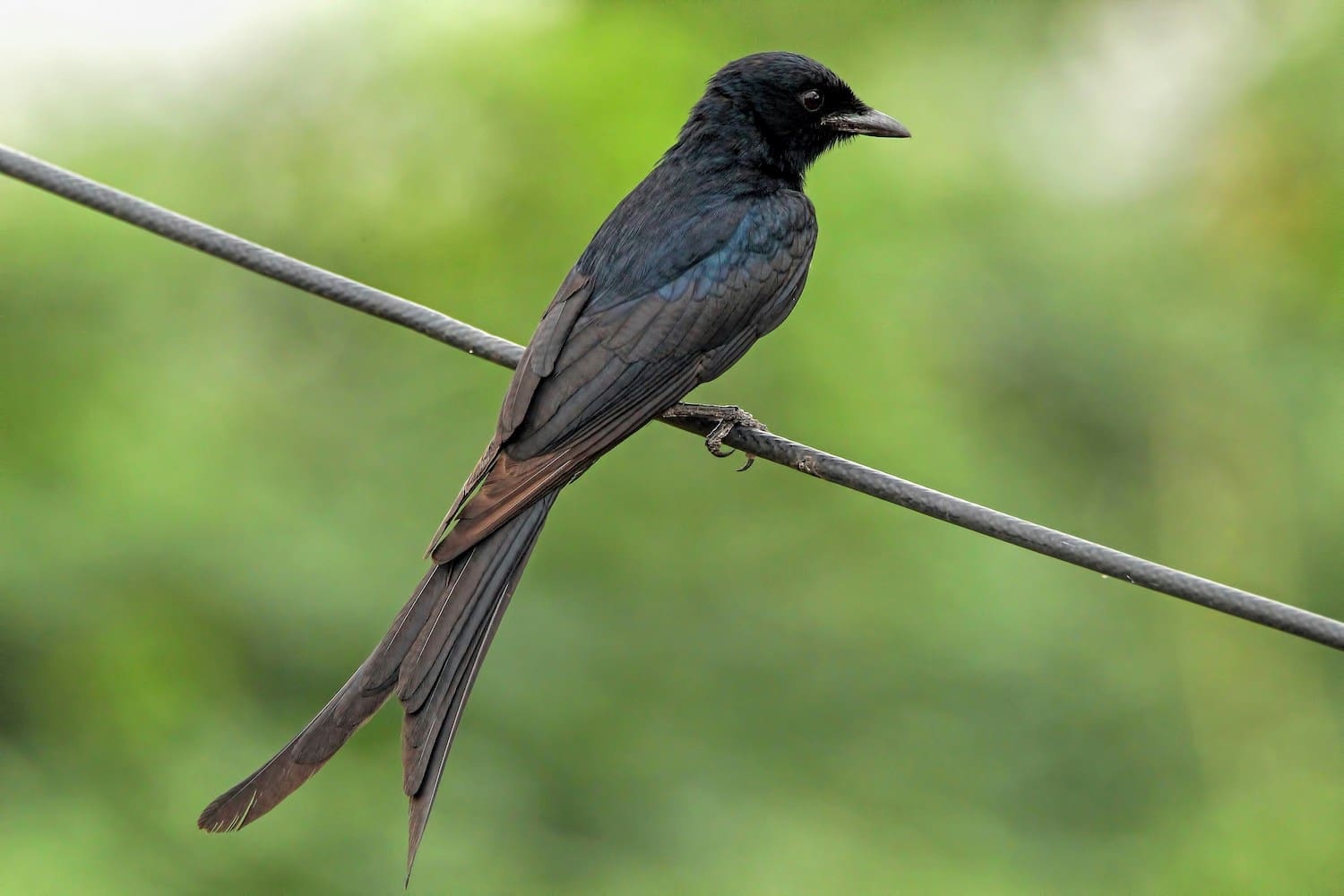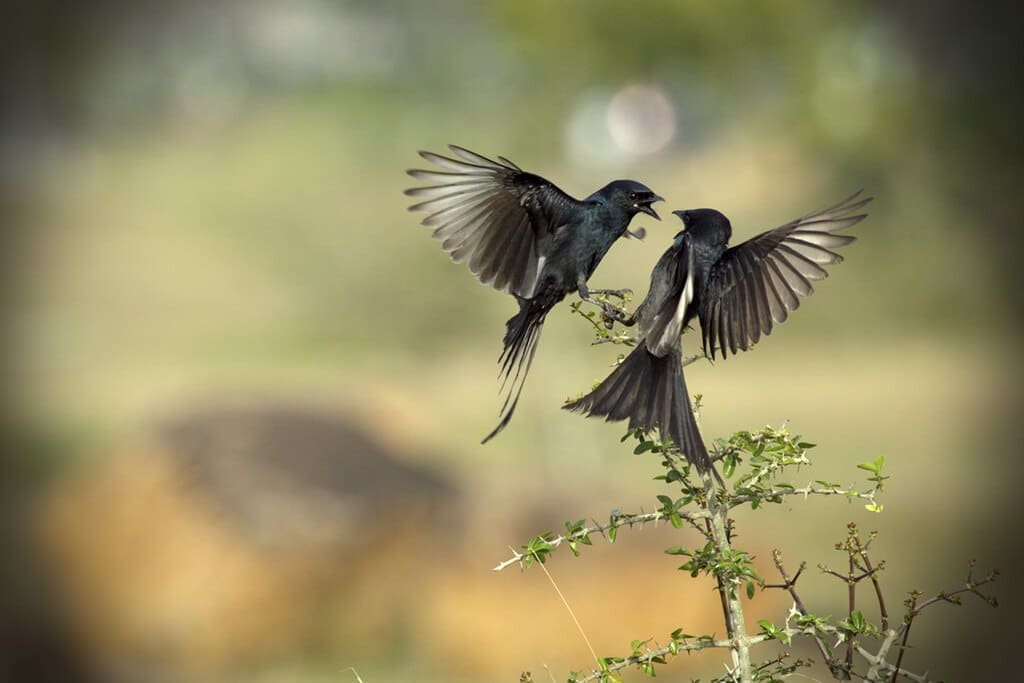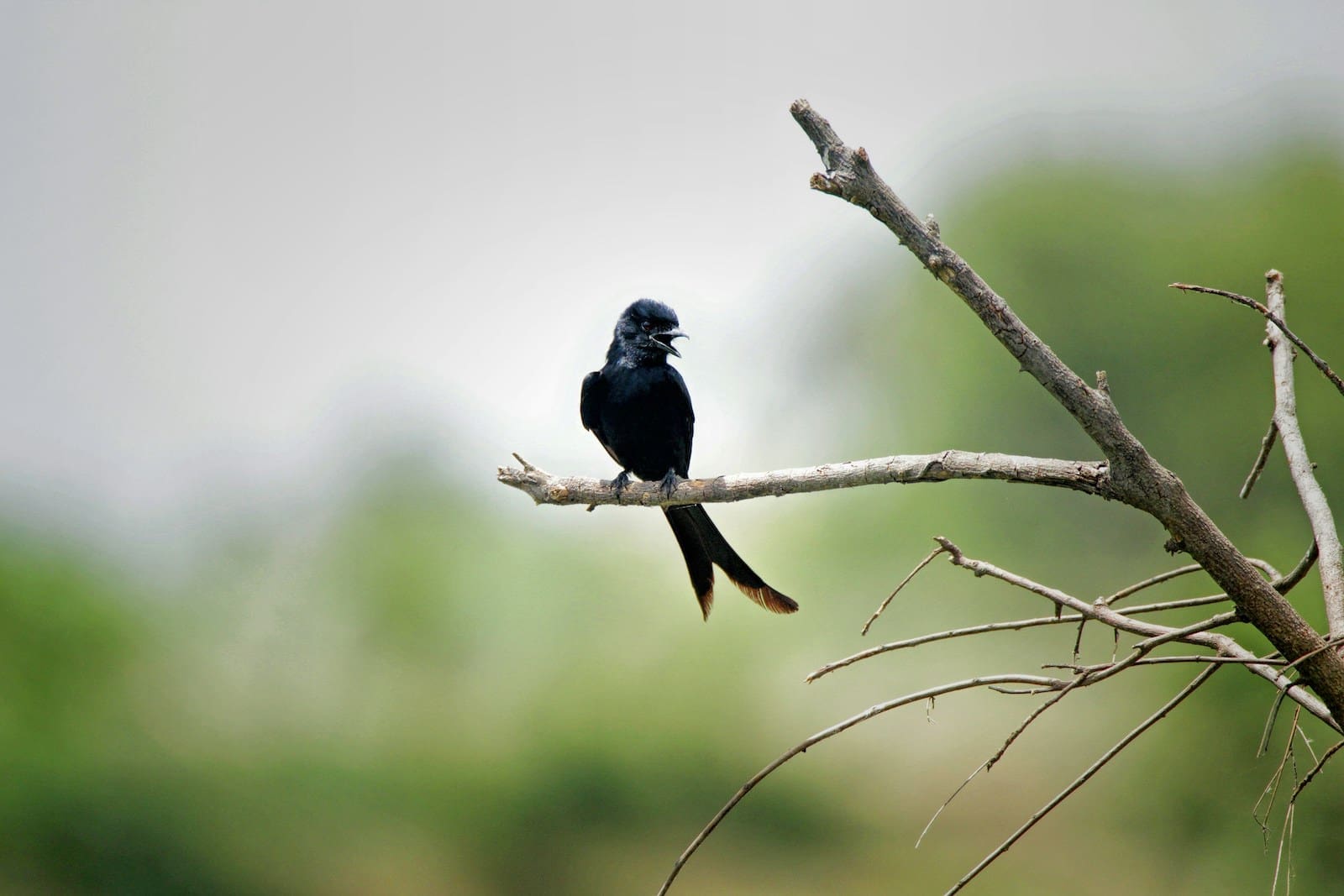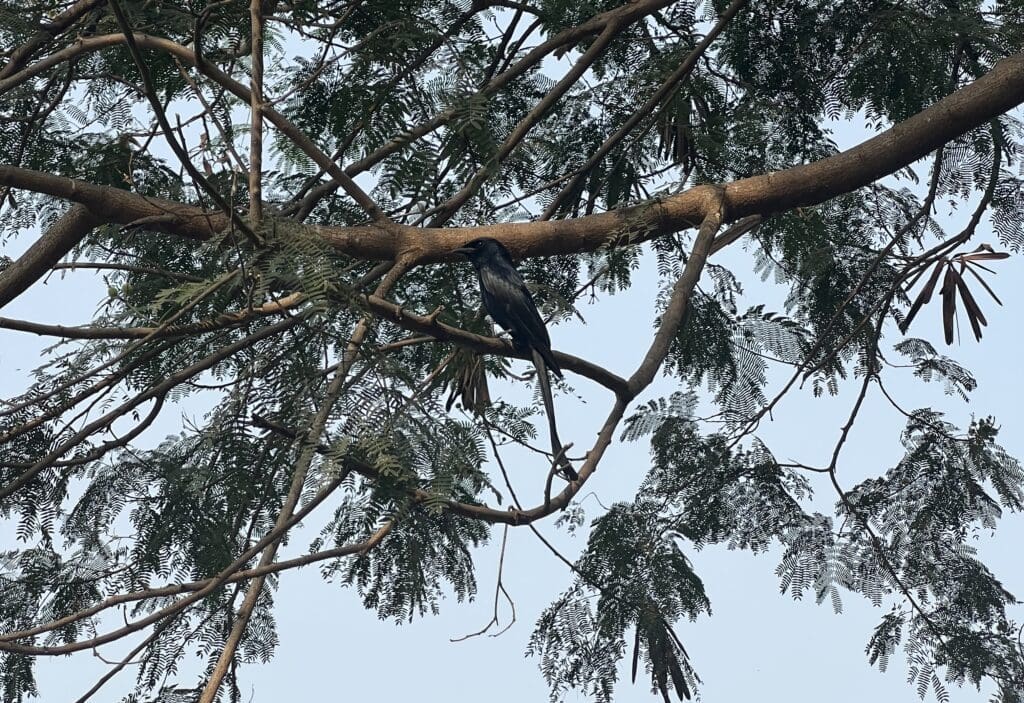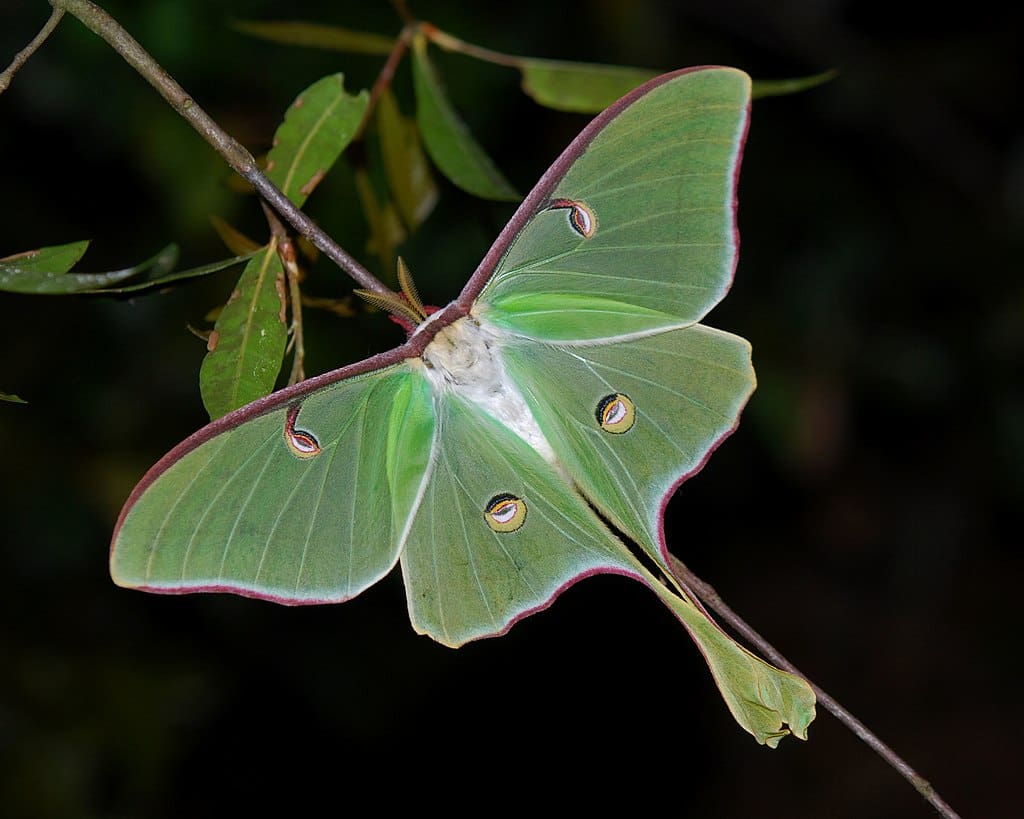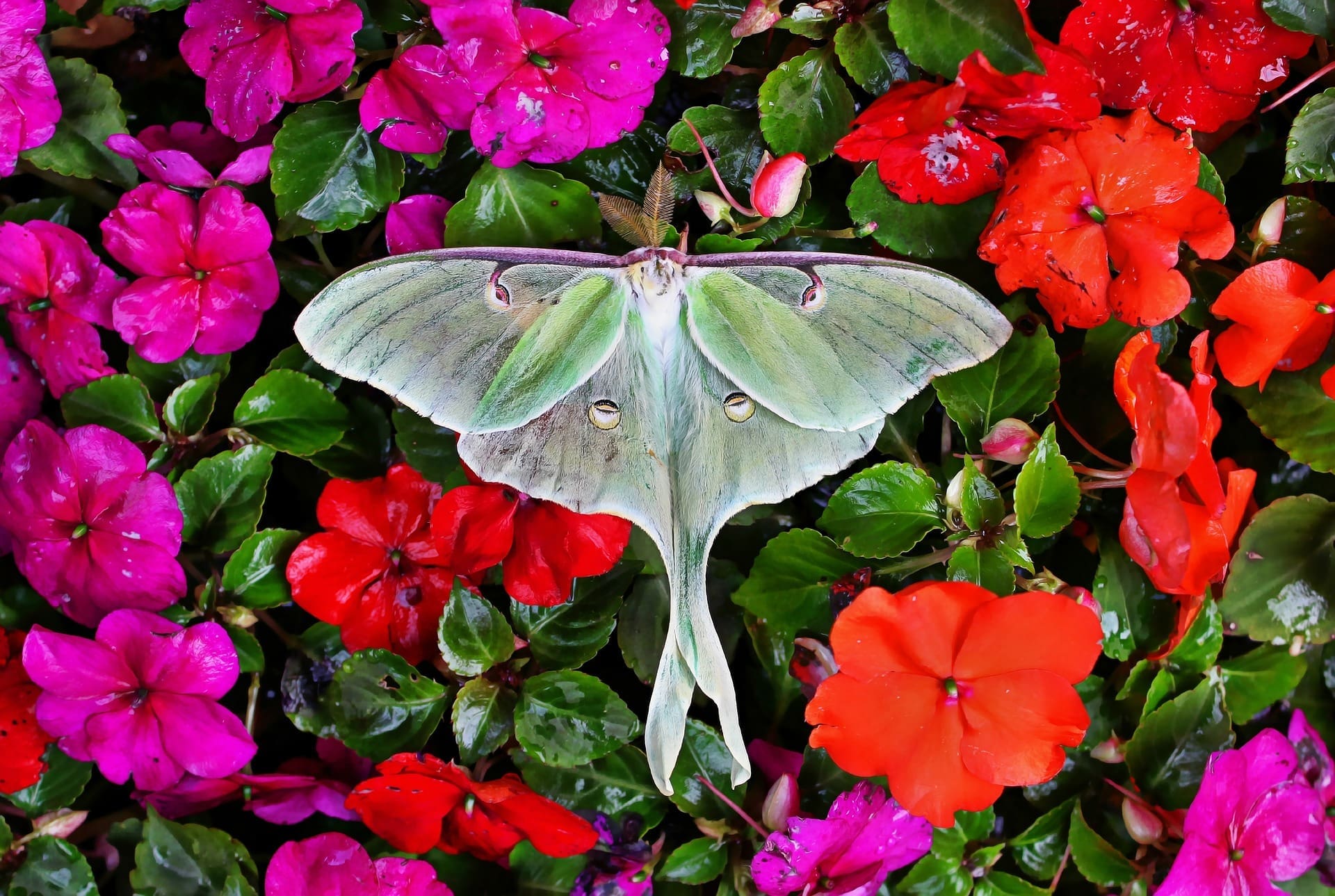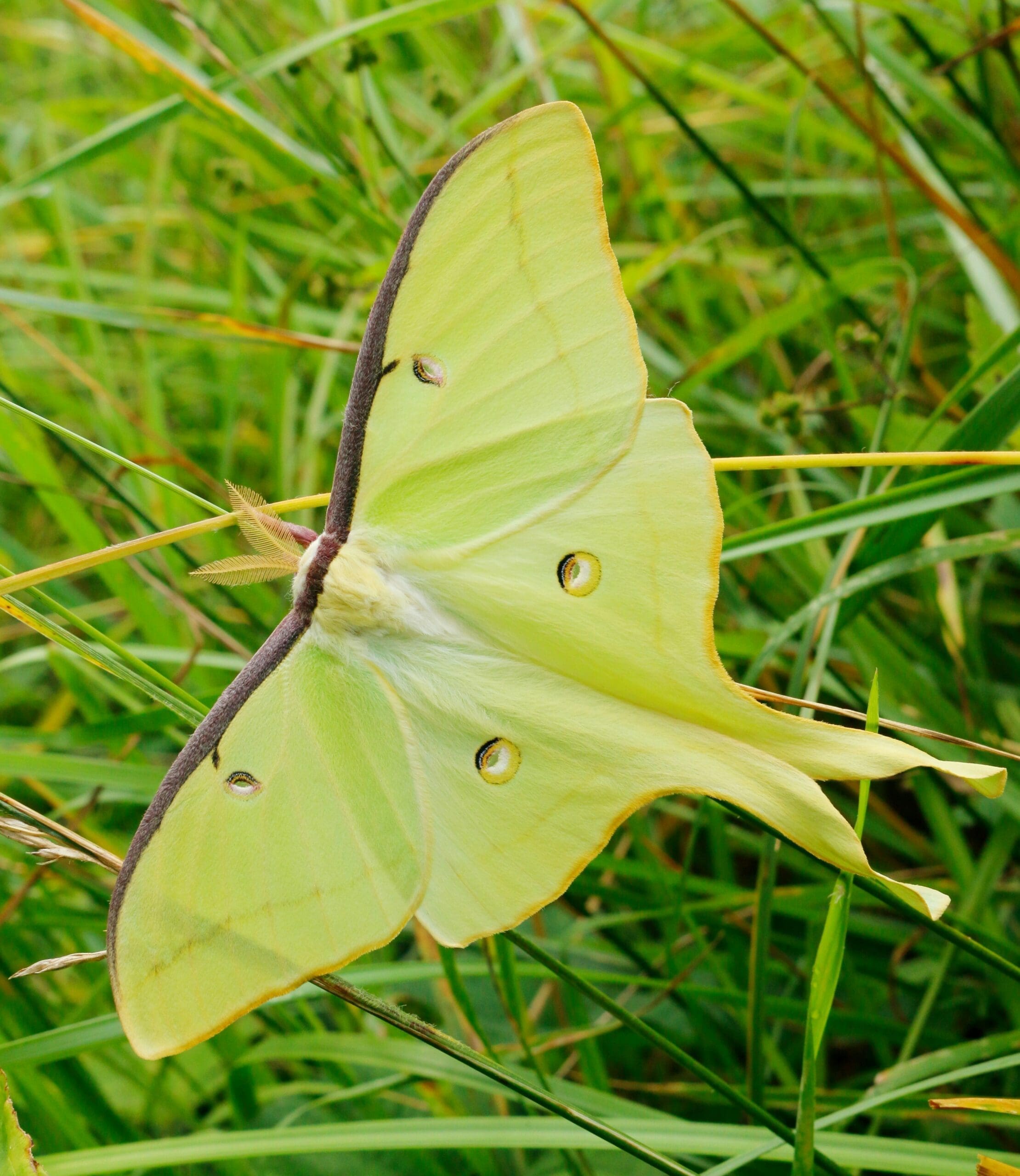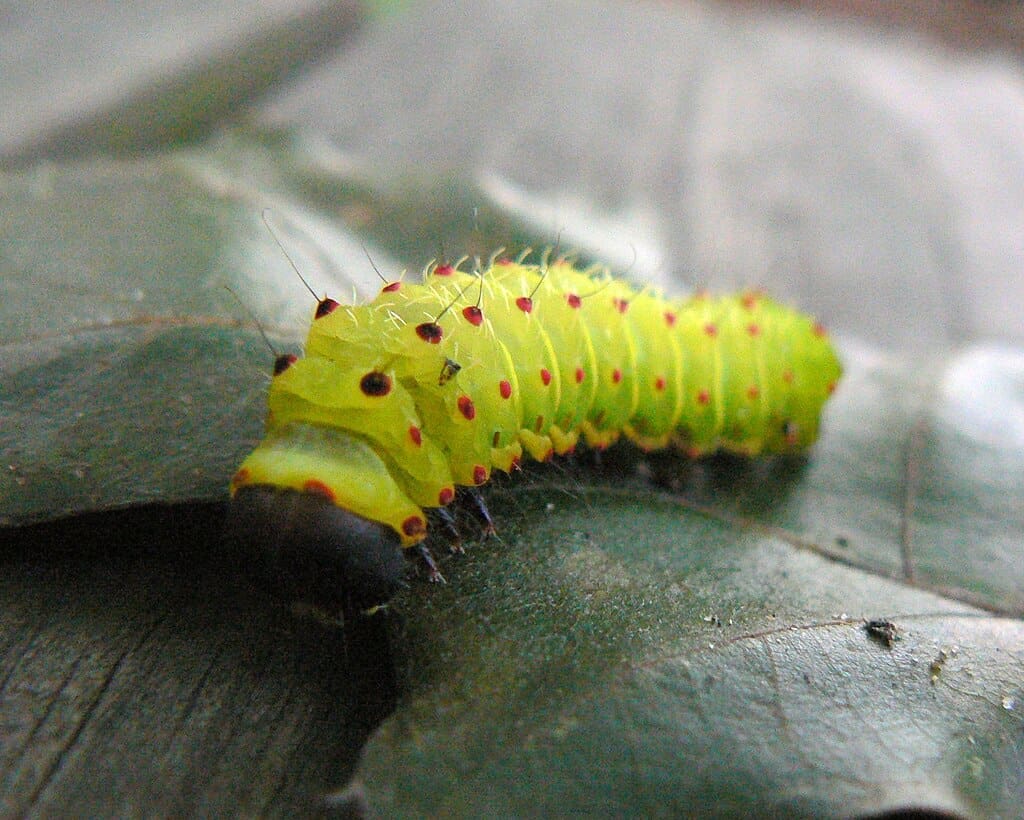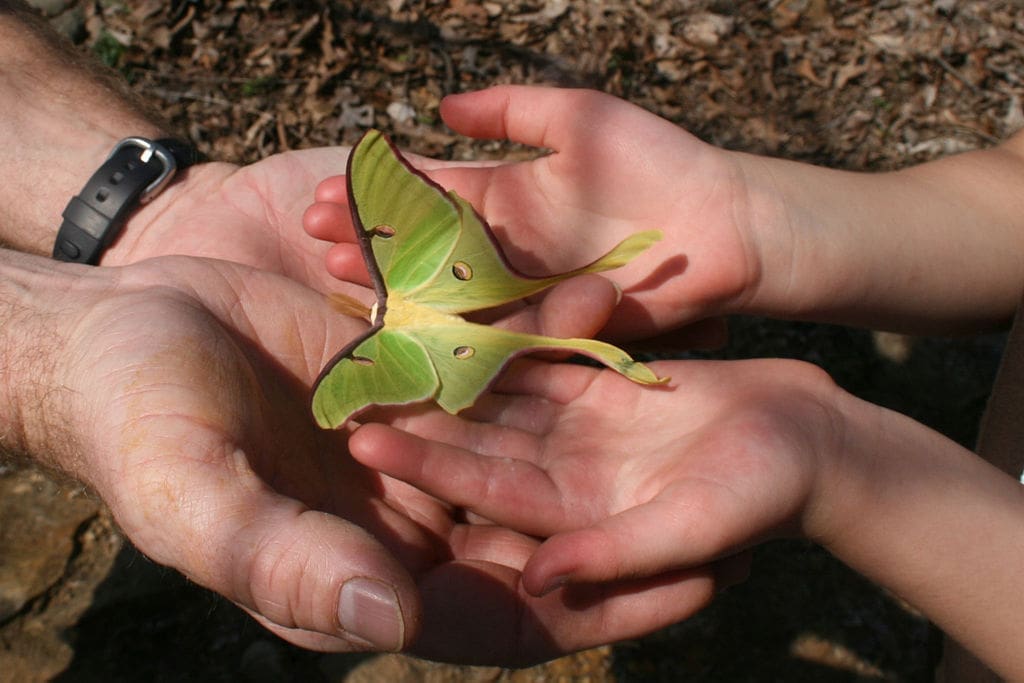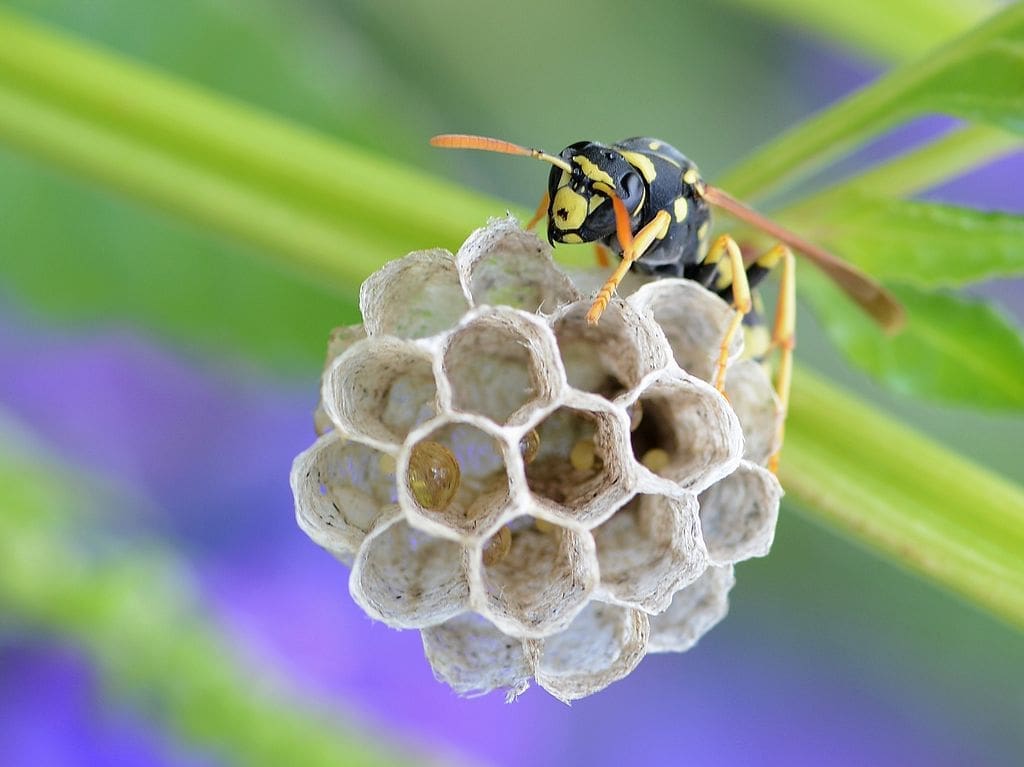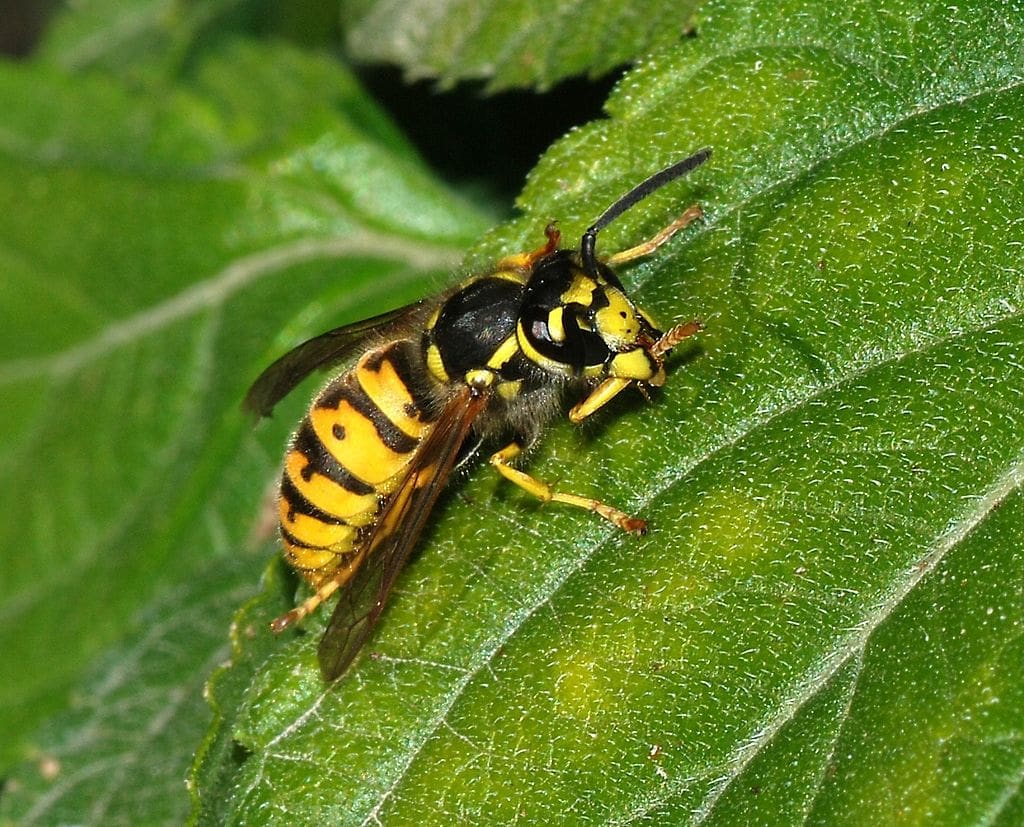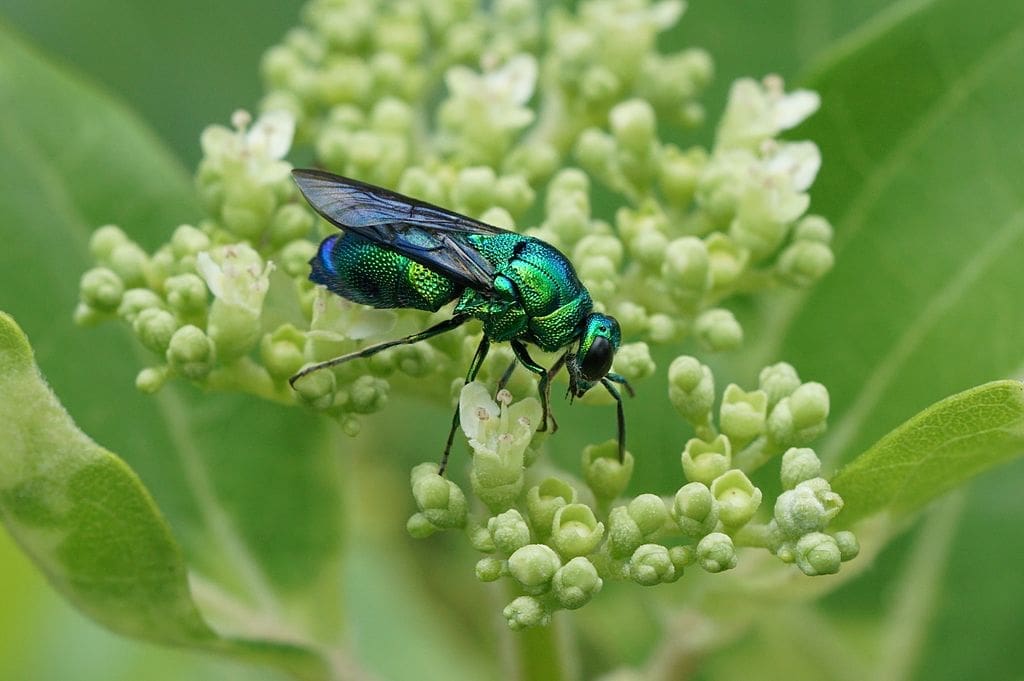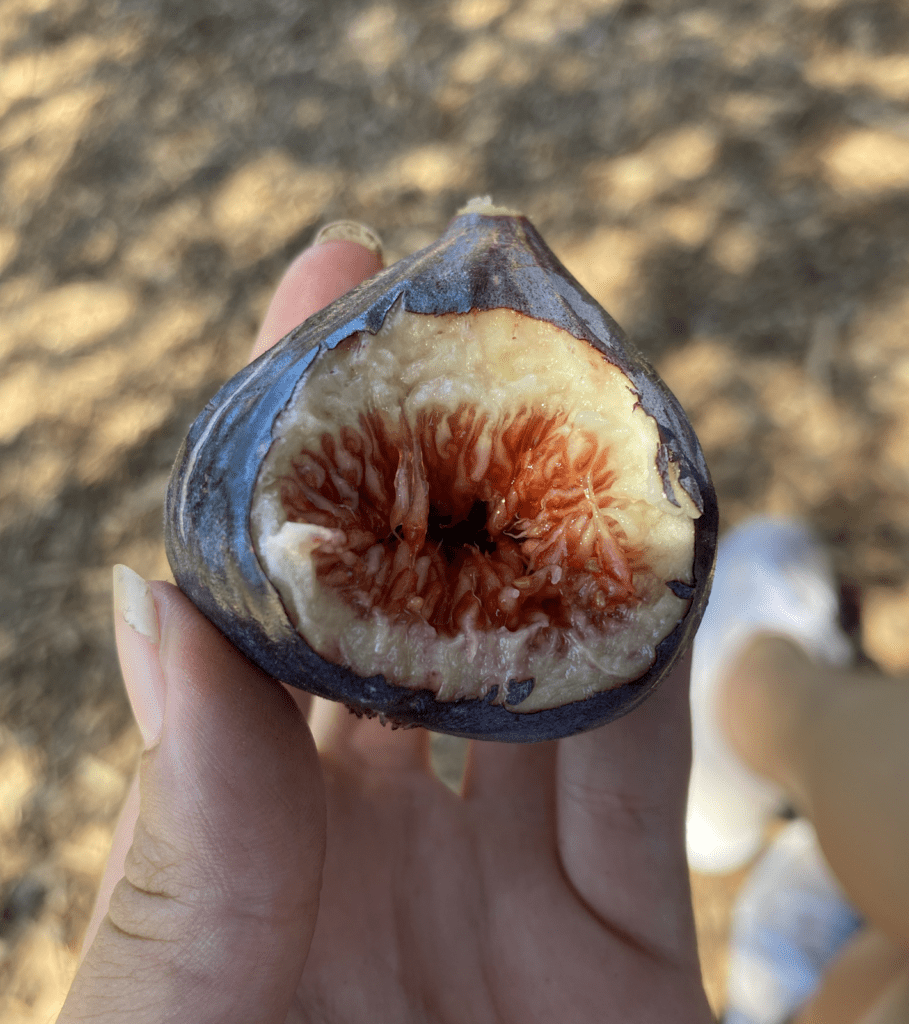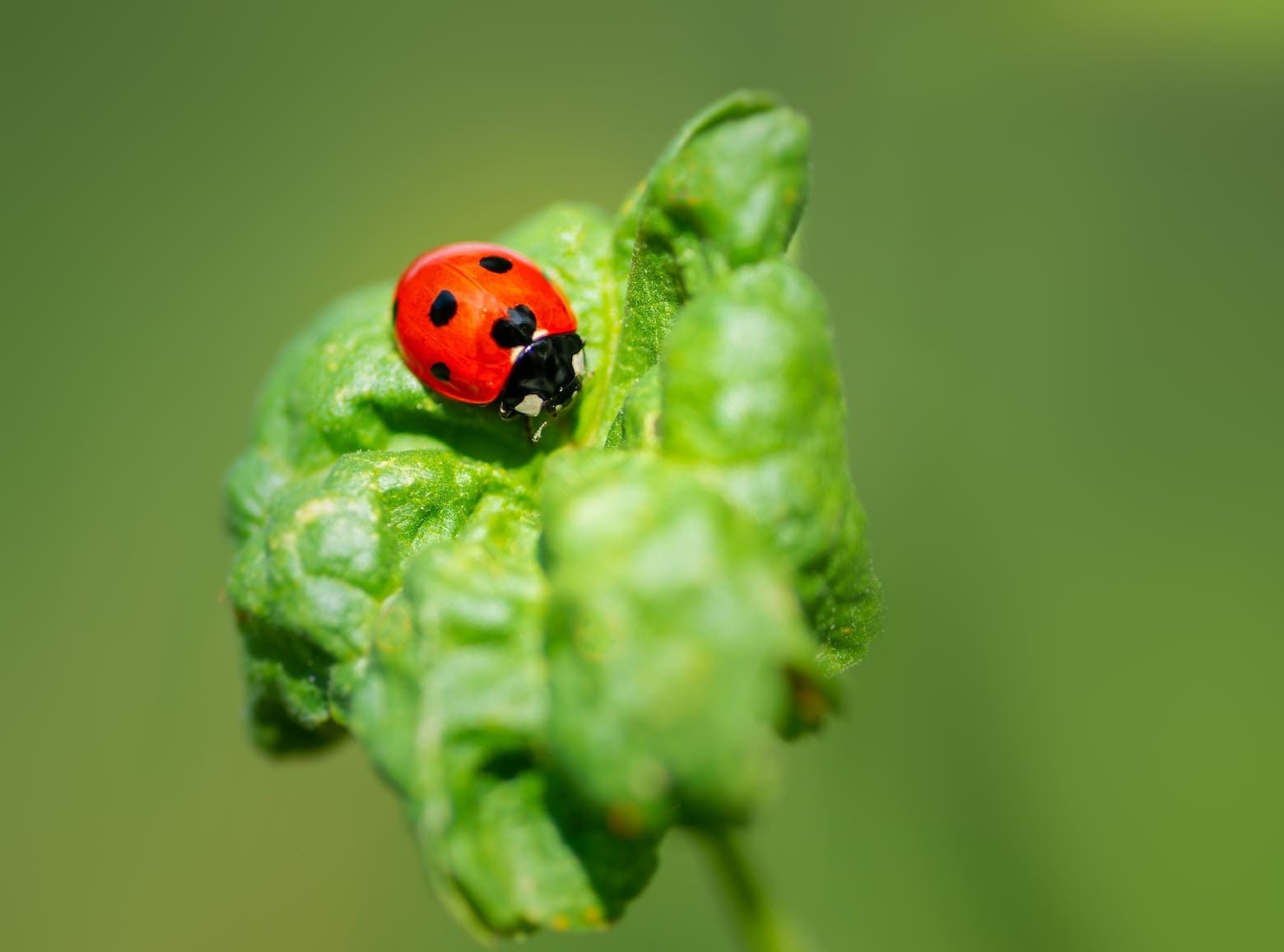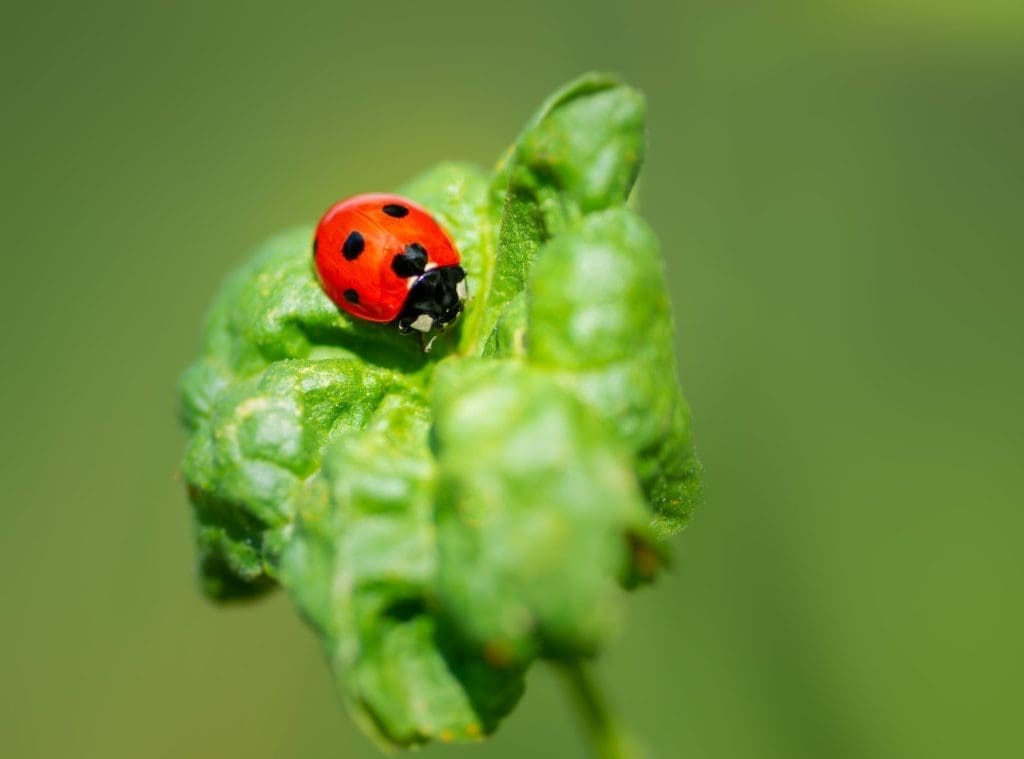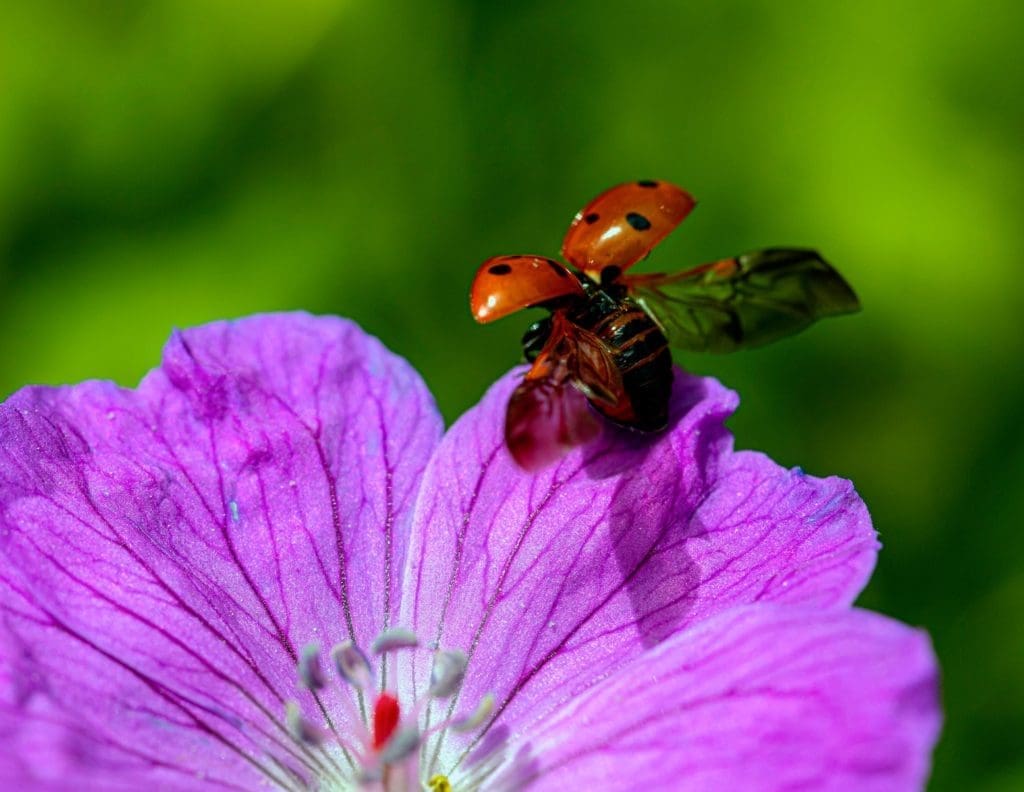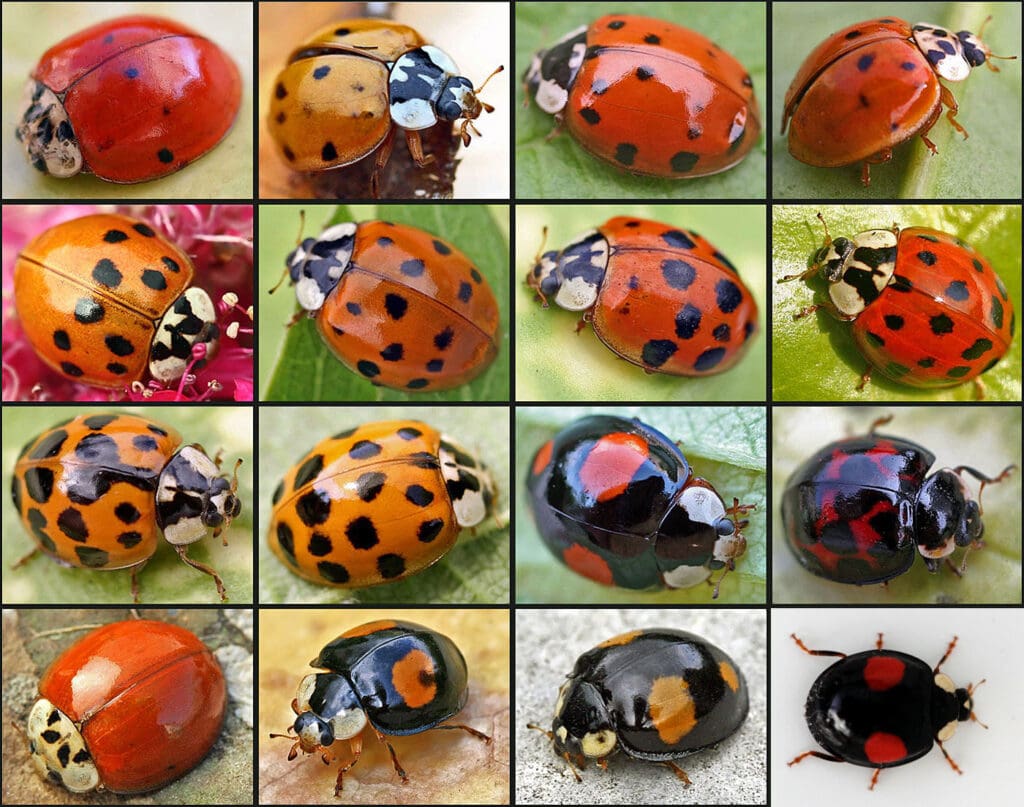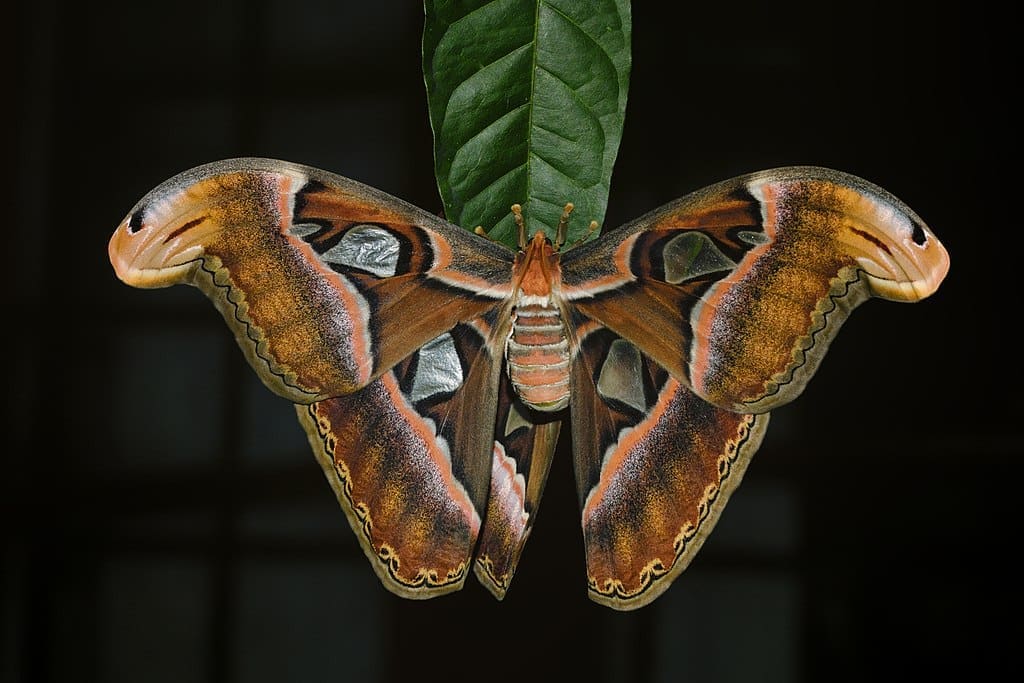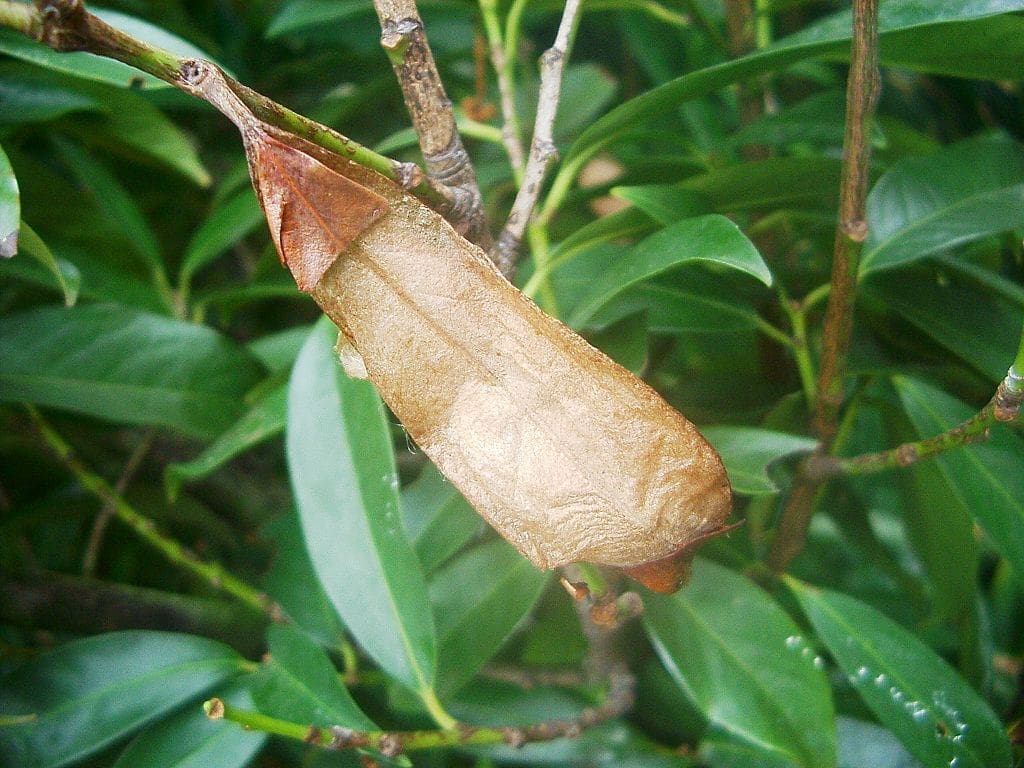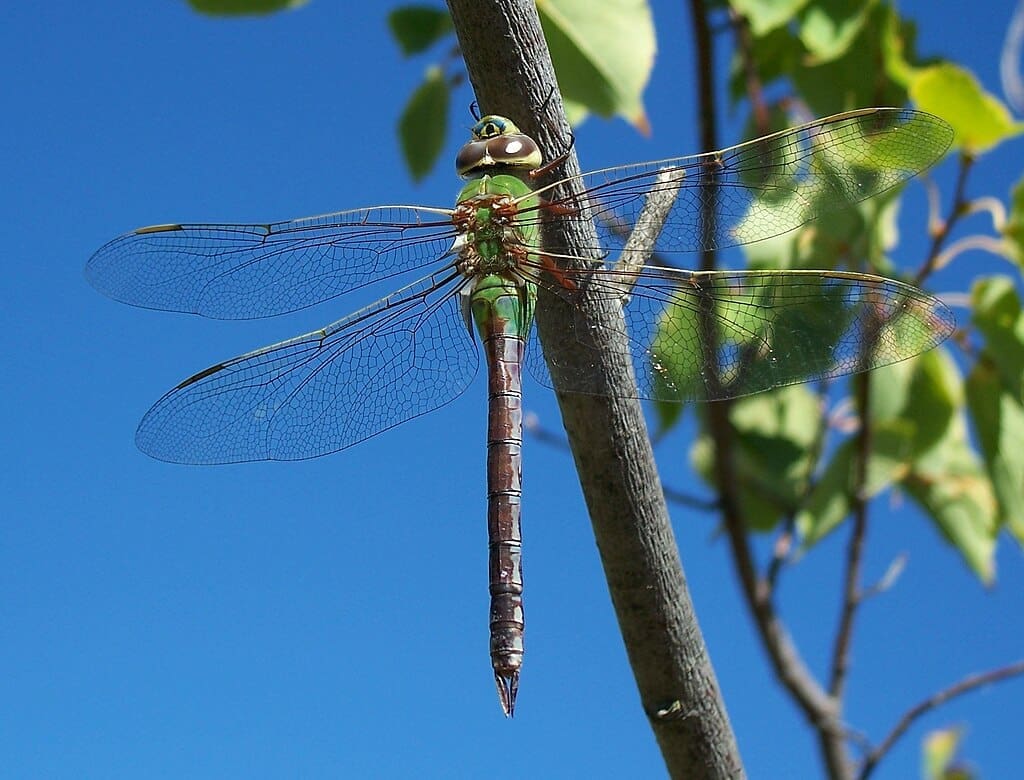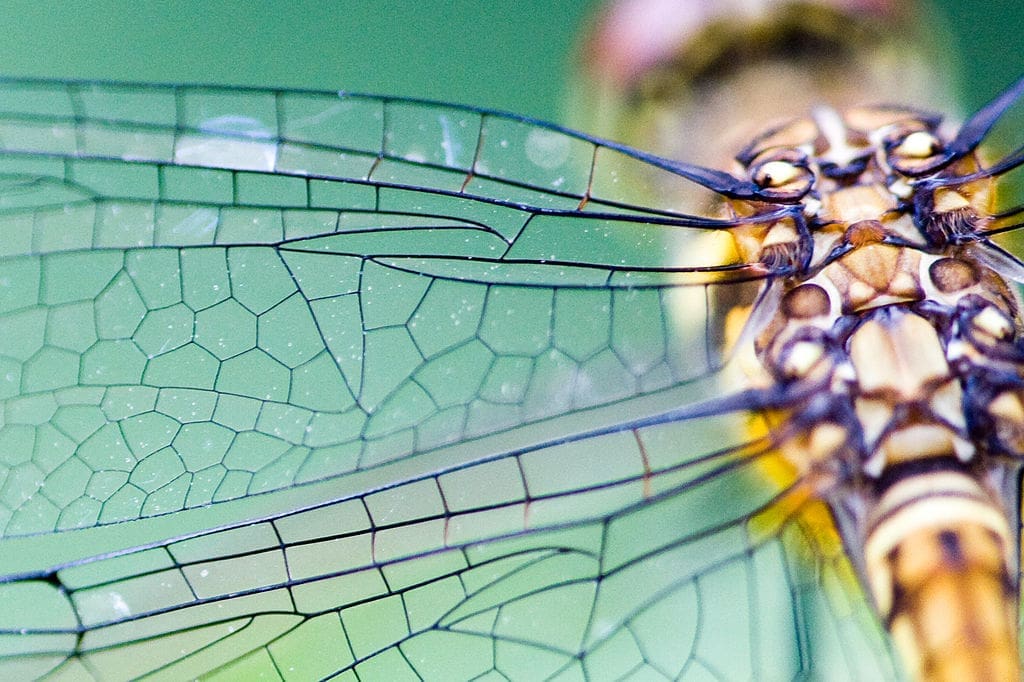What creature has large eyes, dexterous feet, and is the only venomous primate known to exist??
The slow loris (Nycticebus)!
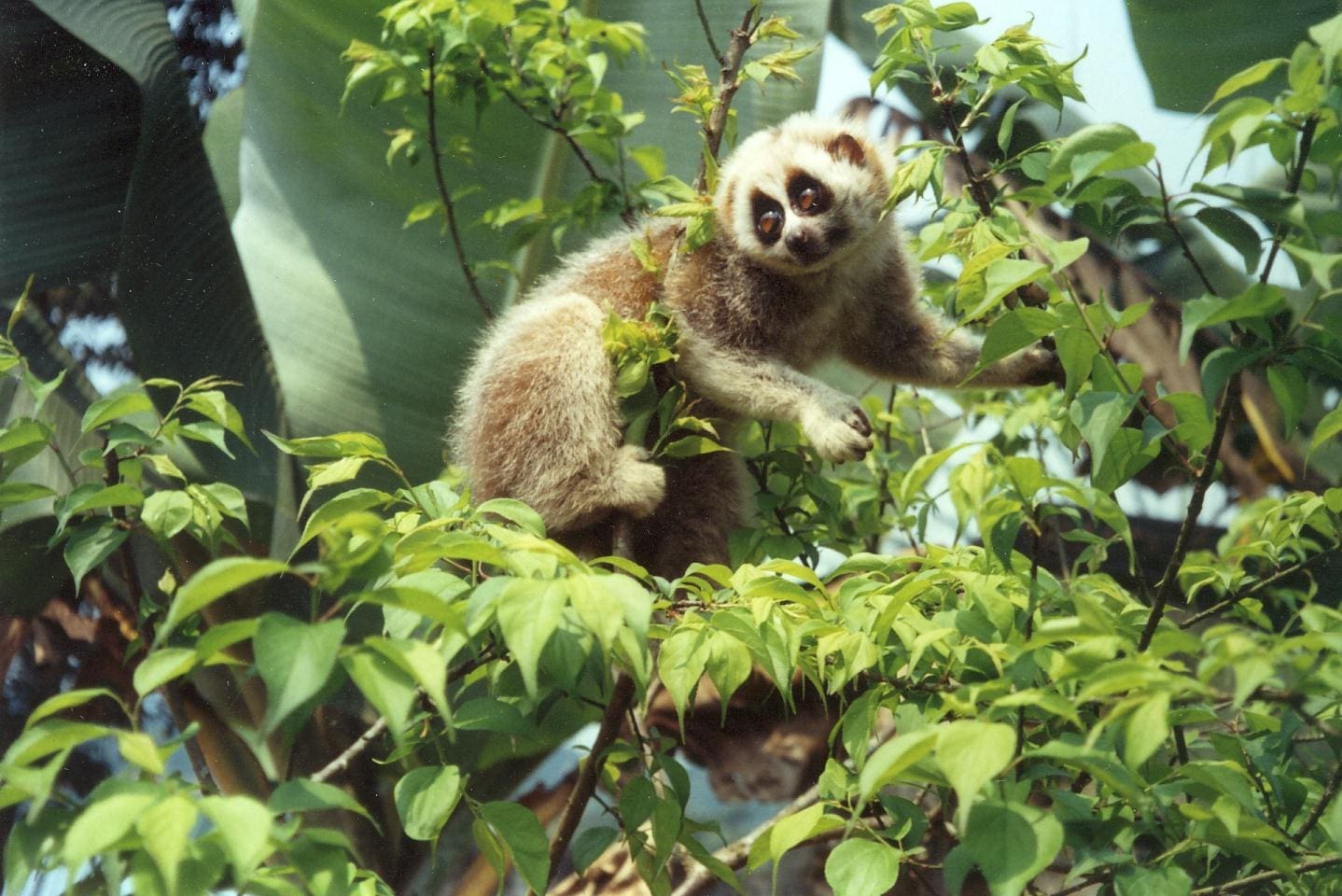
Sometimes the smallest creatures hide the largest secrets/mysteries. At just about 10 inches long and weighing up to 2 pounds, the slow loris is, in my opinion, no exception. This small, tailless primate with large (and iconic) moon-like eyes inhabits rainforests. As omnivores, slow lorises feed on both fruit and insects. There are nine species total, all inhabiting the Southeast region of Asia ranging from the islands of Java and Borneo to Vietnam and China.
True to their name, slow lorises are not light on their feet and move slowly. Despite this, slow lorises are not related to sloths, but are instead more closely related to lemurs. But in the rainforest, that’s not such a bad thing. Their leisurely, creeping gait helps them conserve energy and ambush their insect prey without being detected.
Adaptations
Living in the dense, verdant rainforest isn’t for everyone.The jungle is riddled with serpentine vines, thick vegetation, and towering trees. But slow lorises have developed multiple adaptations that allow them to thrive in such an environment.
Their fur markings serve as a warning to other animals that they are not to be trifled with. This is known as aposematic colouration. Similar to skunks, contrasting fur colors and shapes signal that they are venomous which makes predators think twice about attacking.
Slow lorises are nocturnal, and those large eyes allow them to significantly dilate their pupils, letting in more light and allowing them to easily see in near total darkness.
Even eating is no small feat in the rainforest. Slow lorises have specialized bottom front teeth, called a toothcomb. The grouping of long, thin teeth acts like a hair comb, allowing the slow loris to strip strong bark and uncover nutritious tree gum or sap. Equipped with an impressively strong grip, they can hang upside down and use their dexterous feet to hold onto branches while reaching for fruit just out of reach for most other animals. A network of capillaries called retia mirabilia allows them to do this without losing feeling in their limbs. With these adaptations, slow lorises are ideally suited for a life among the trees.
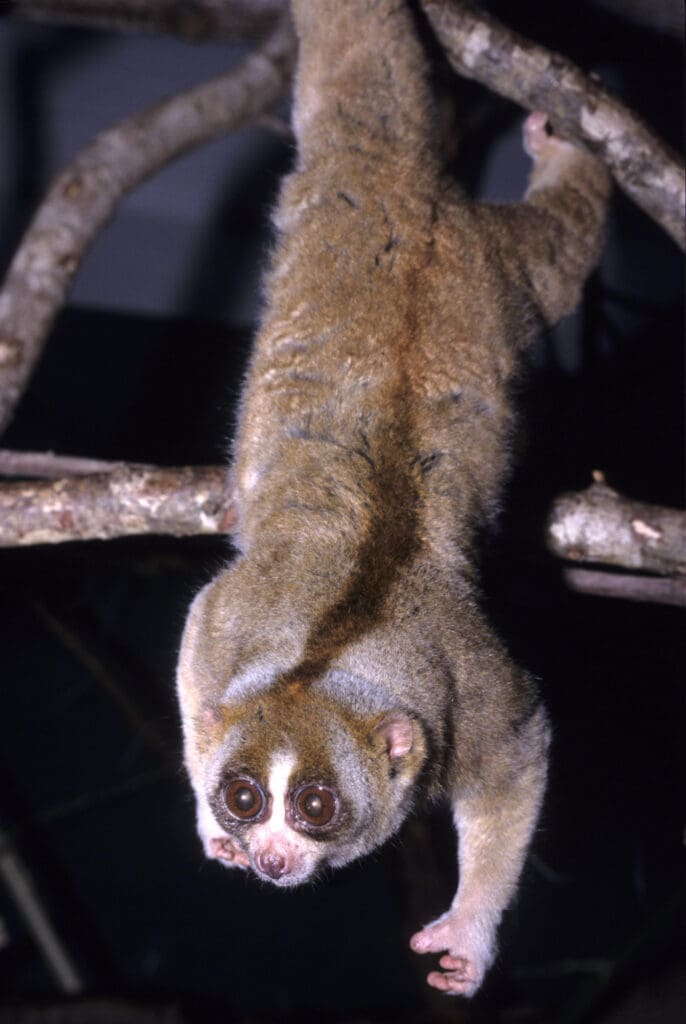
Venemous Primate
Slow lorises are the only venomous primate on Earth. They have brachial glands located in the crook of their elbow that secrete a toxic oil. When deploying the toxin, they lick this gland to venomize their saliva for a potent bite. And no one is safe– slow lorises use this venom on predators, and even each other. Fiercely territorial, they are one of the few species known to use venom on their own kind. In studying this behavior, scientists have found many slow lorises, especially young males, to have bite wounds.
The venom can be used as a protective, preventative defense mechanism as well. Female slow lorises have been observed licking their young to cover them in toxic saliva in hopes of deterring predators while they leave their babies in the safety of a tree to forage.
Whether you’re a natural predator, human, or another slow loris, a bite is very painful. Humans will experience pain from the strong bite, then a tingling sensation, followed by extreme swelling of the face and the start of anaphylactic shock. It can be fatal if not treated in time with epinephrine.
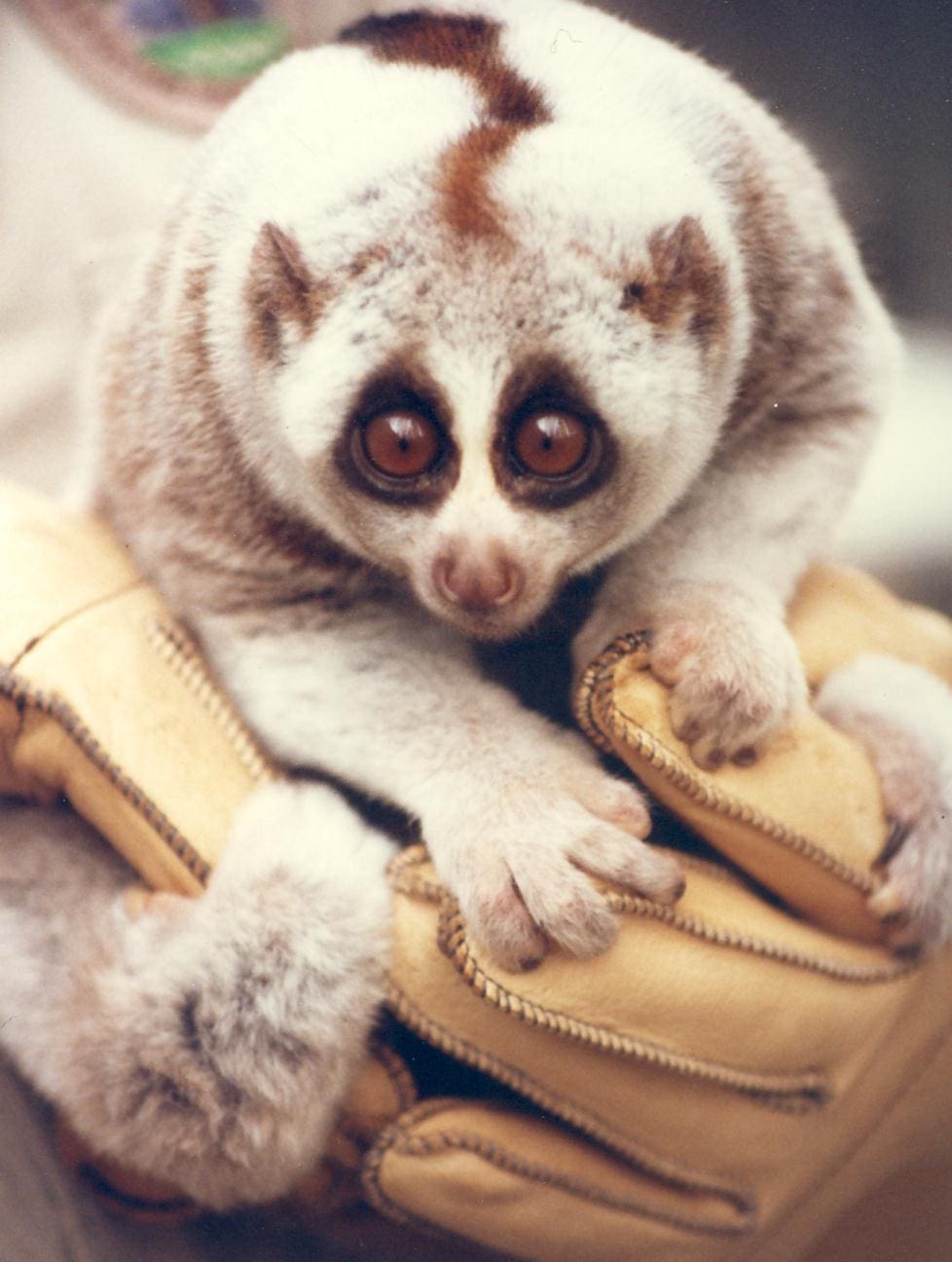
Bridging Human-Animal Conflicts
There are two major threats to slow loris populations – the illegal pet trade and habitat destruction. Because of their unique cuteness, soft fur, and small size, these creatures are often sold as illegal pets. Poachers will use flashlights to stun and capture the nocturnal slow loris, clip or remove their teeth to avoid harmful bites to humans and, because of their endearing, teddy bear-like appearance, sell them off as pets. Slow lorises are nocturnal and not able to withstand the stress of being forced to be awake during the daytime. They are also often not fed a proper diet of fruit, tree sap, and insects which leads to nutritional deficiencies and poor health.
Habitat loss from agricultural expansion is another threat. As farms grow, slow loris habitat shrinks. Land cleared to plant crops encroaches upon the rainforest which results in less territory and food sources for the slow loris.
However, one scientist found a way to reduce the canopy-loss from farming and restore slow loris territory. After observing wild slow lorises using above-ground water pipes to traverse farmland, researcher Anna Nekaris had an idea. Through her organization, the Little Fireface Project, she worked with local farmers to add more water pipes to act as bridges for slow lorises to use to move about the area. These unnatural vines provided a highway connecting isolated spots of jungle to each other. Not only did the slow loris population benefit by gaining more arboreal access to trees and food sources, but the community also benefited. Nekaris worked with the farmers to provide more water pipes to their land while showing human-animal conflict can have a mutually beneficial solution.
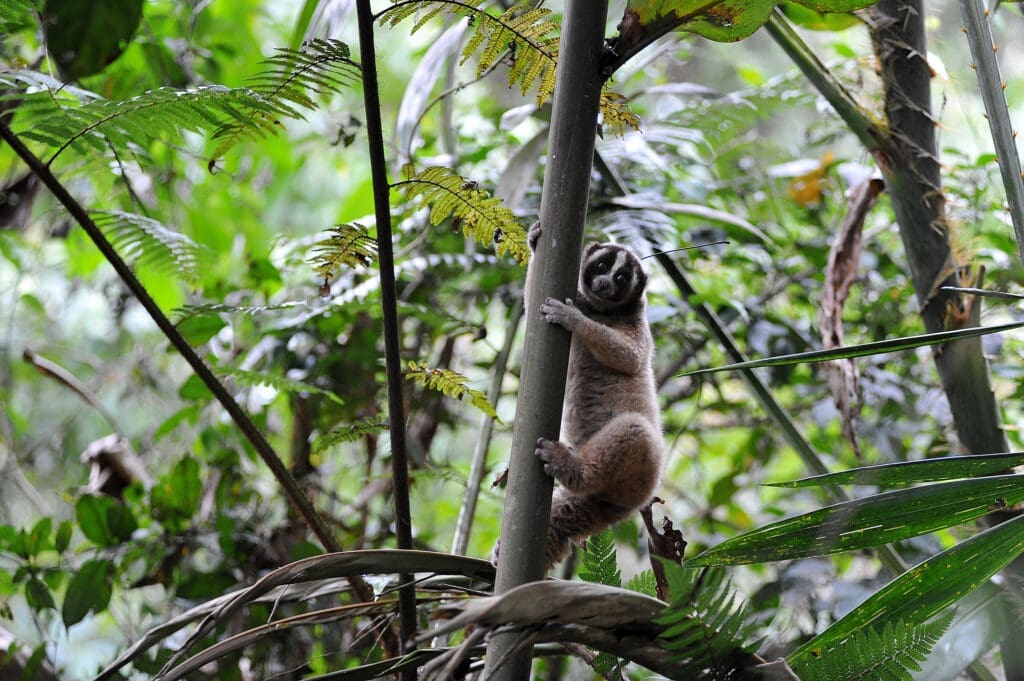
Conservation
Every species of slow lorises is threatened, according to the IUCN, which monitors wild populations. Slow lorises may seem like an odd and somewhat unimportant creature on the grand ecological scale, but they are very important pollinators. When feeding on flowers, sap, or fruit, they are integral in spreading pollen and seeds across the forest. Through foraging and dispersal, slow lorises maintain the health of the ecosystem’s flora.
The slow loris garners attention for its cute looks, but beneath its fuzzy face and moon-like eyes, is a creature connected to the/its environment. Slow lorises are a perfect example of how species are tethered to their habitat in an integral way – their existence directly impacts forest propagation. As a pollinator, they disperse pollen stuck on their fur to new areas and increase genetic diversity throughout the forest. Slow lorises are proof of Earth’s interconnectedness.
To see the slow loris in action climbing from tree to tree and foraging for food, watch this short video.
Climbing up and away for now,
Joely

Joely Hart is a wildlife enthusiast writing to inspire curiosity about Earth’s creatures. She holds a Bachelor’s degree in creative writing from the University of Central Florida and has a special interest in obscure, lesser-known species.
Sources and Further Reading:
Articles
- The Slow Loris, Duke Lemur Center
- Pygmy Slow Loris, San Diego Zoo
- Bridge over troubled forests: how Java’s slow lorises are creeping back by Amy Fleming, 2020
- When cute turns deadly – the story of a wildlife biologist who was bit by a venomous slow loris, and lived to tell the tale by Shreya Dasgupta, 2014
- Water-pipe bridges provide lifeline for Javan slow lorises and farmers
Scientific Papers

